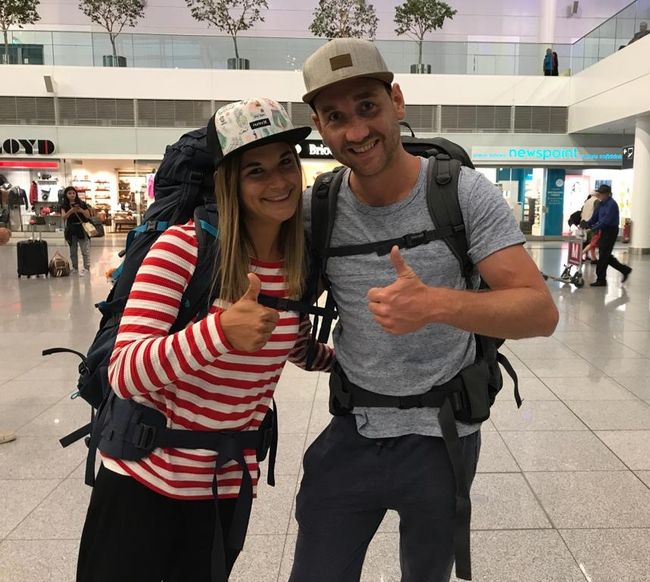Ecuador - a country that didn't show much of itself
Whakaputaina: 22.10.2019
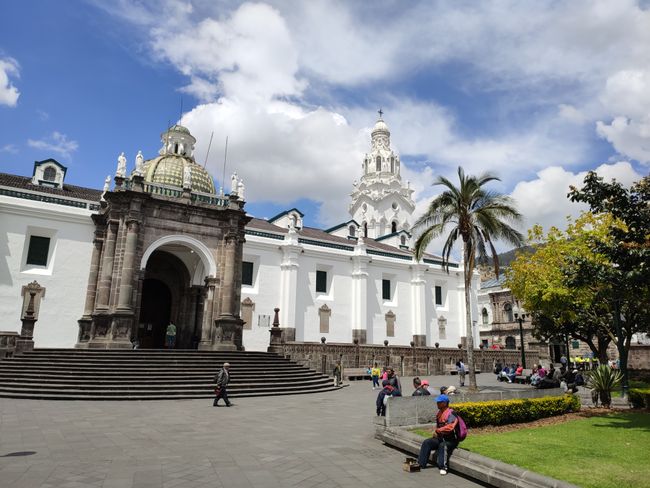
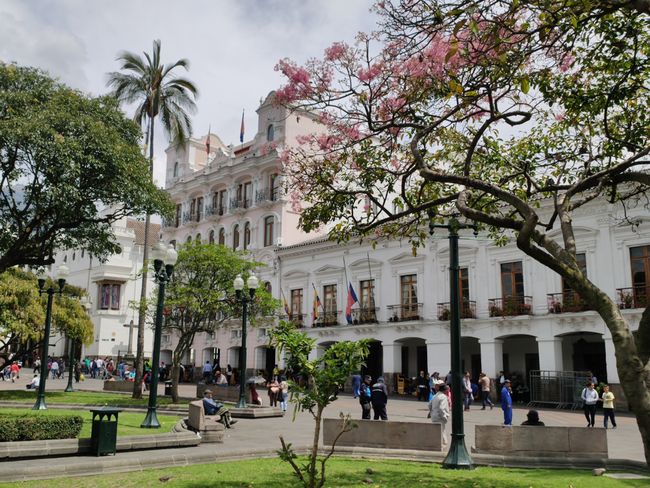
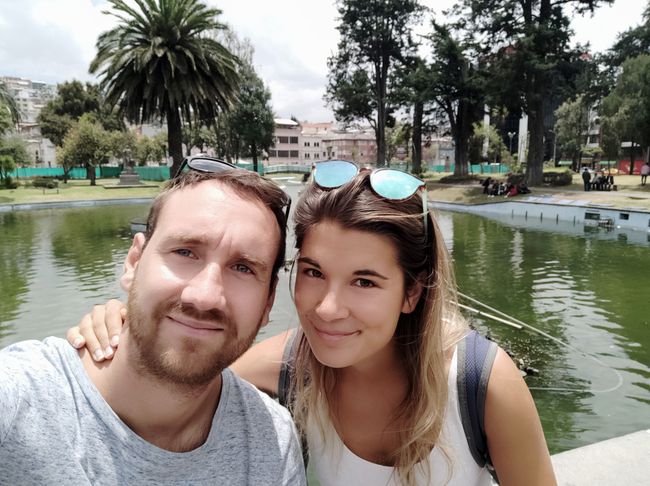
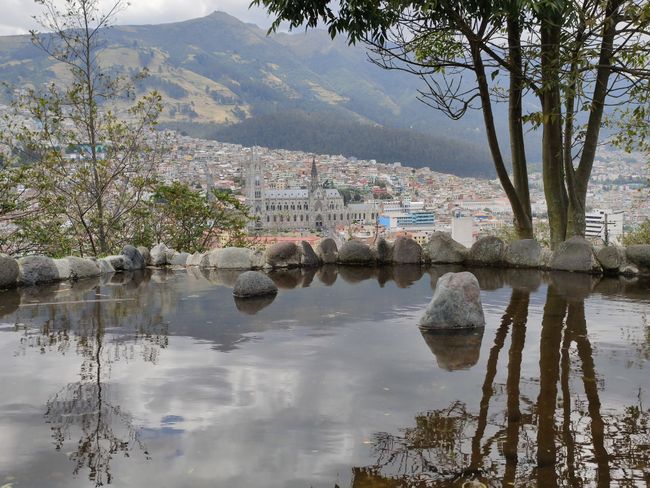
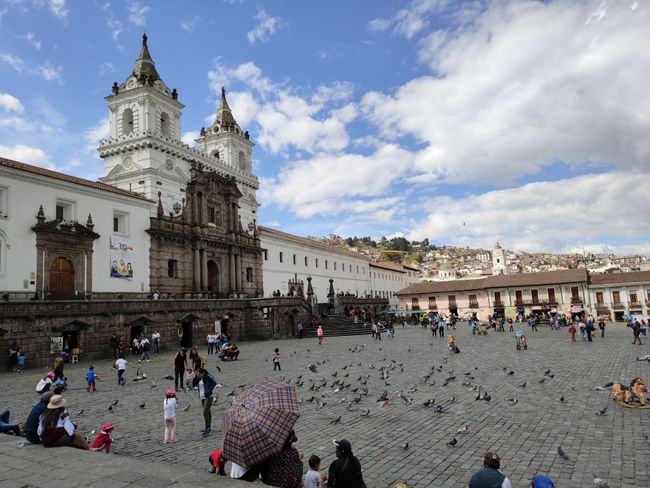
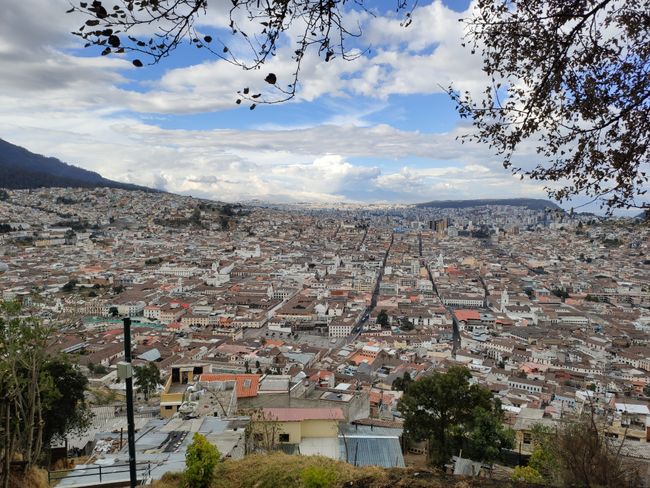
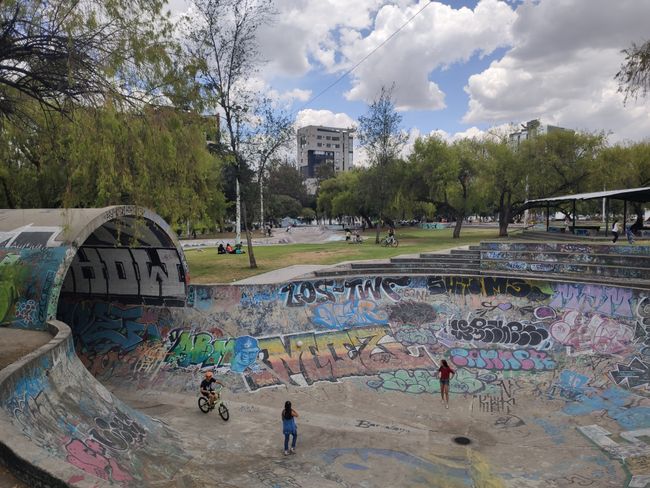
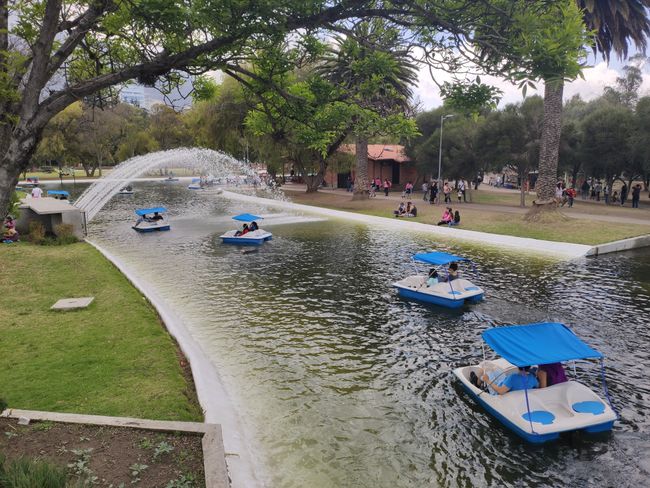
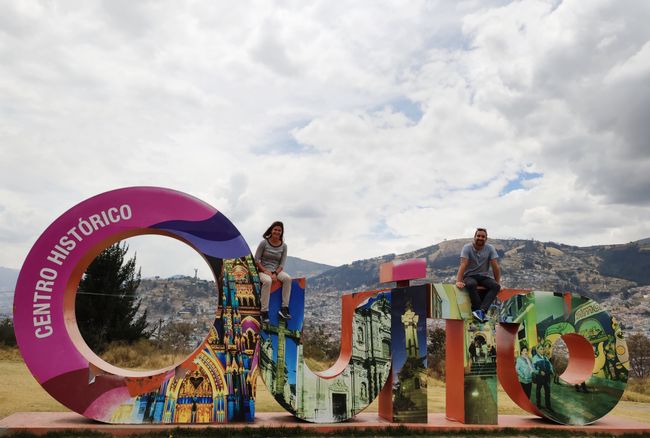
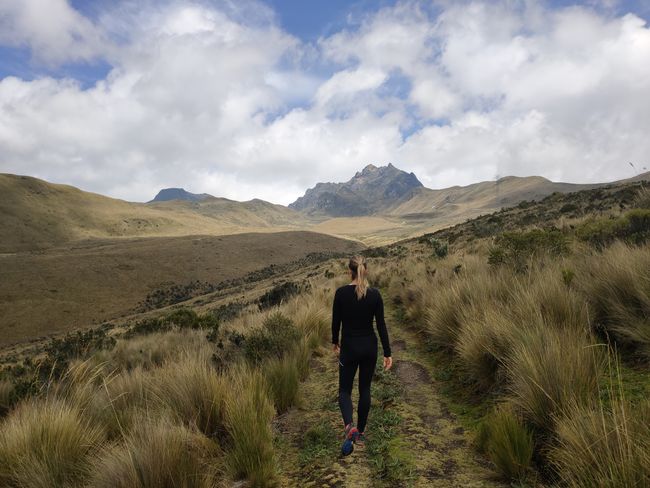
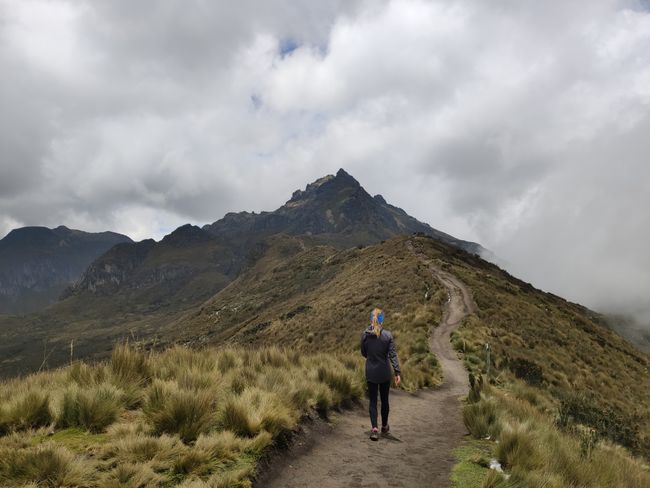
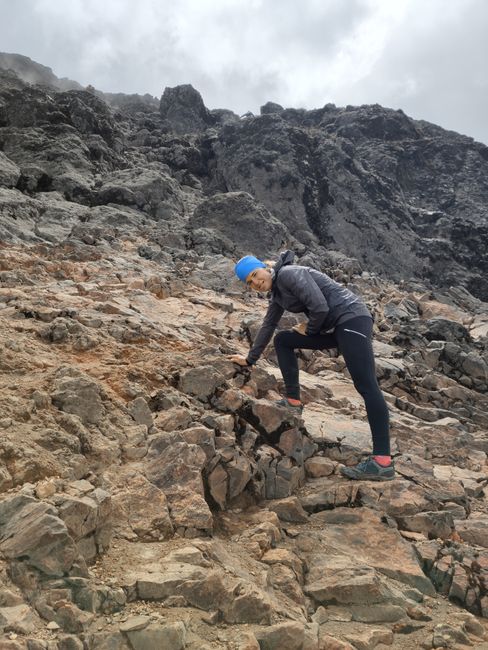
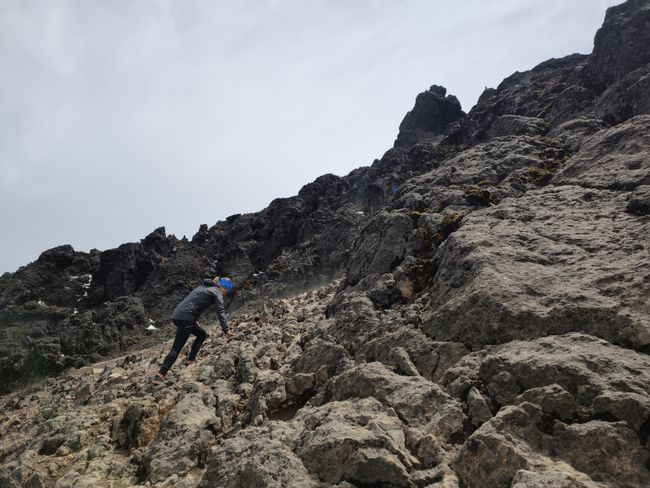
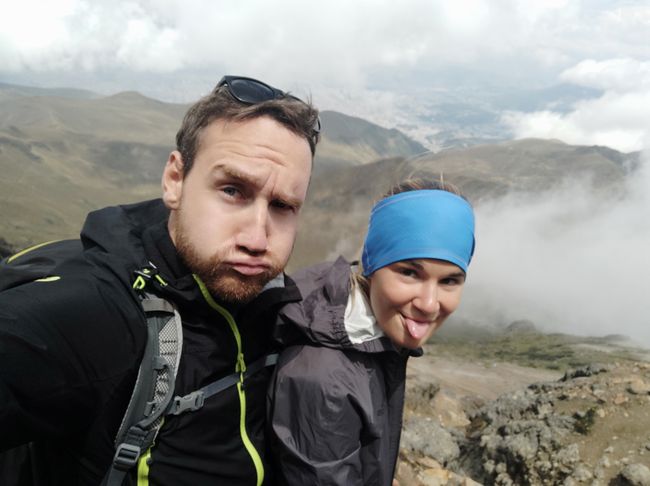
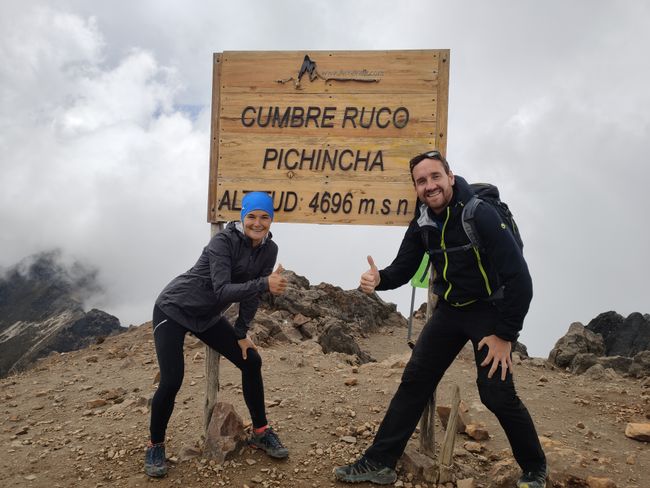
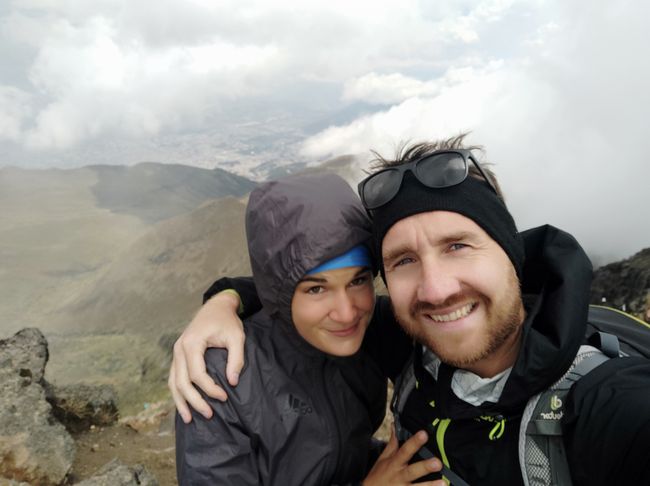
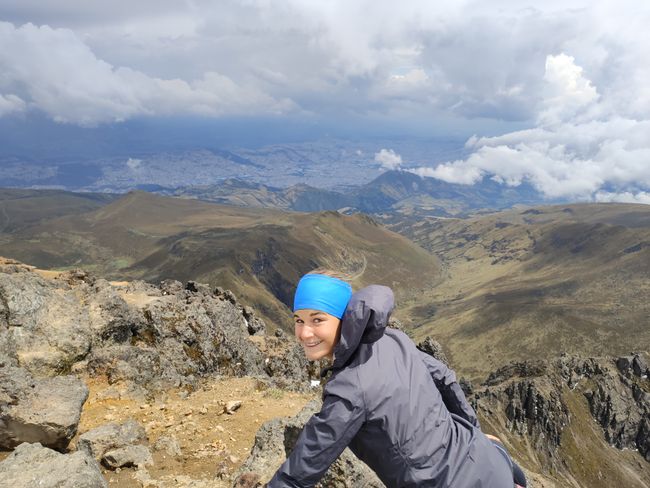
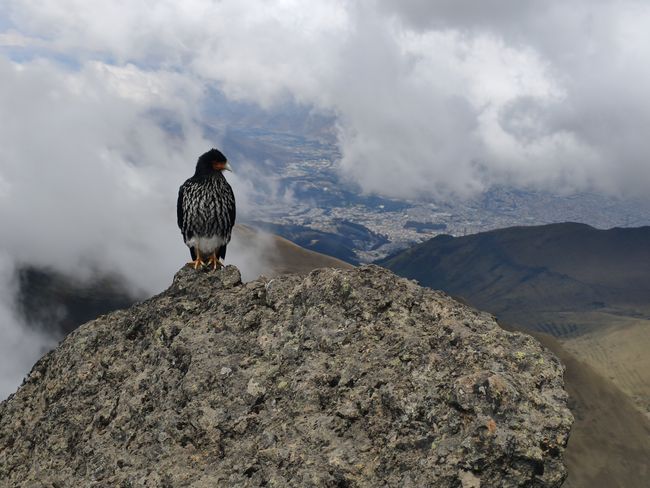
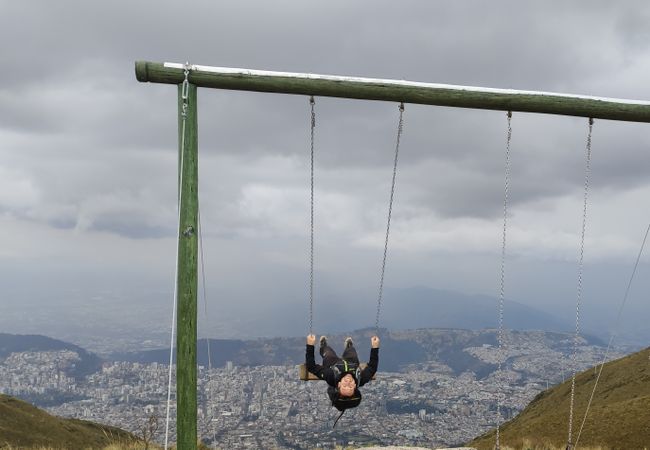
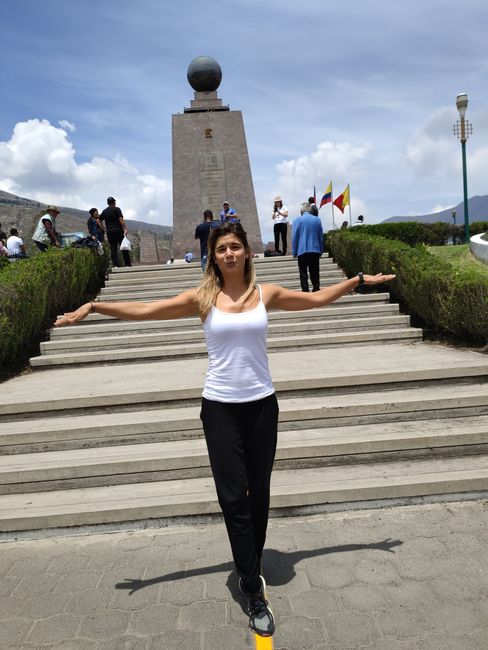
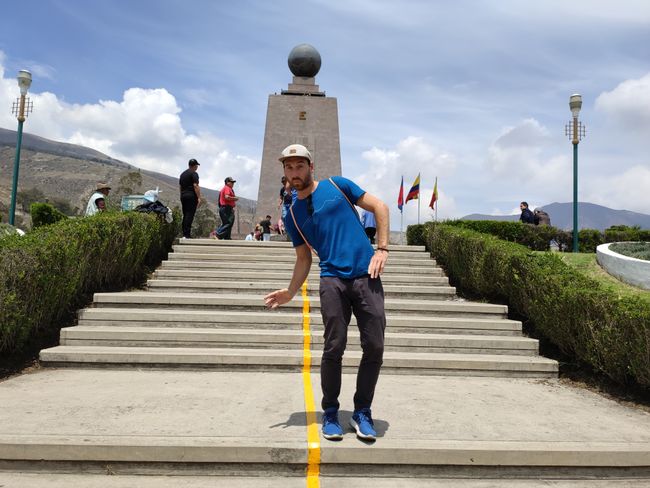
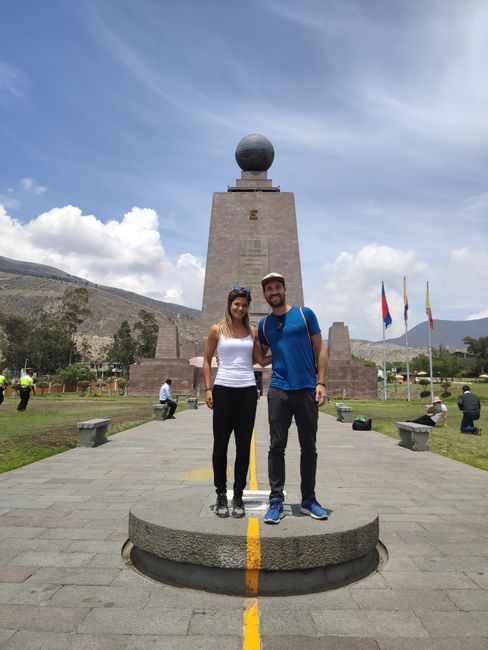
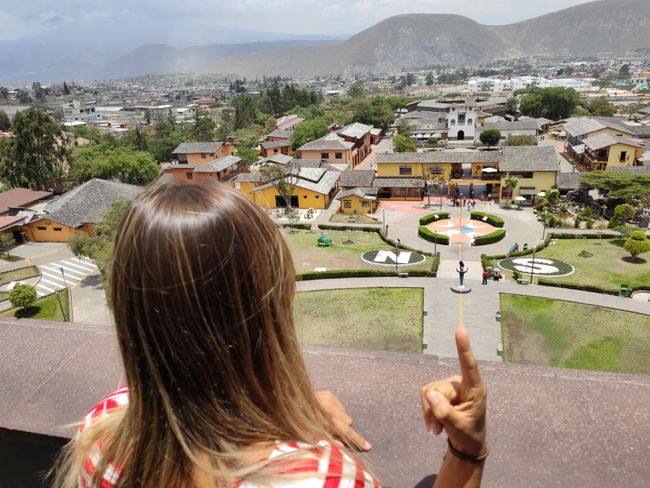
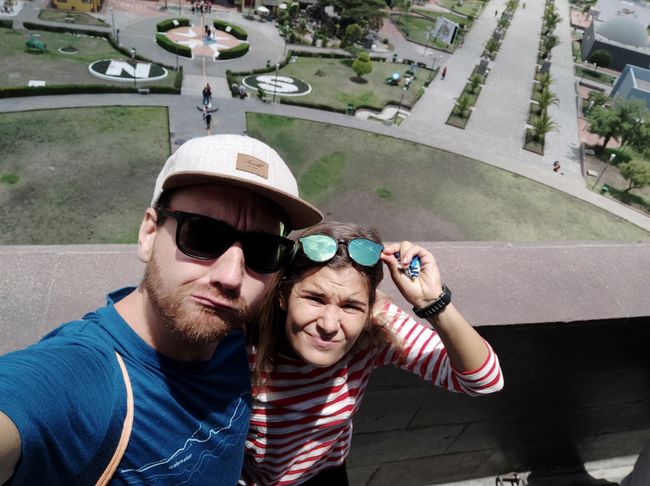
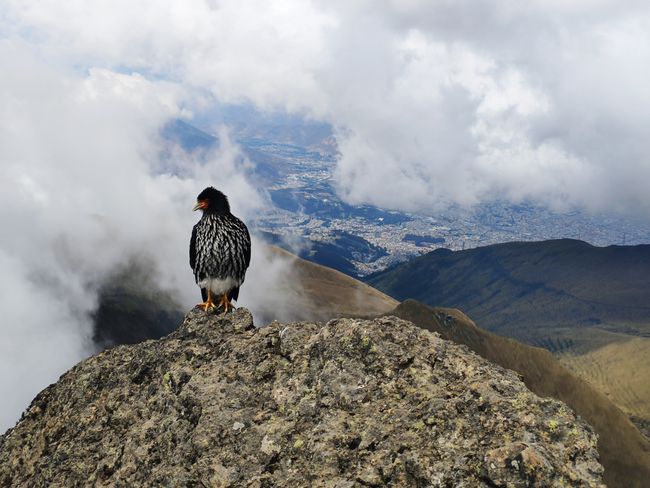
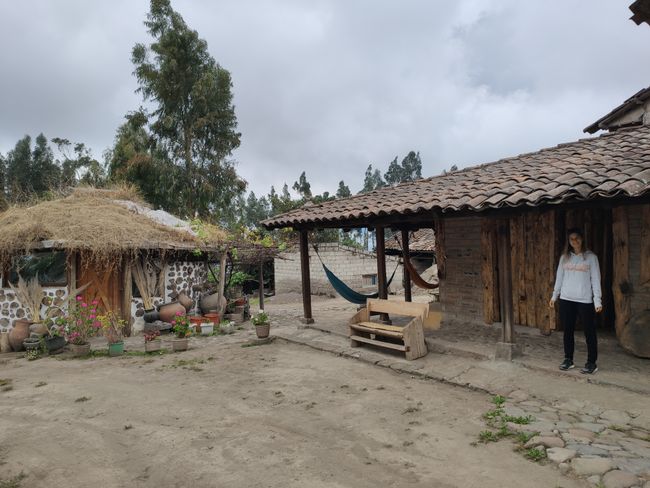
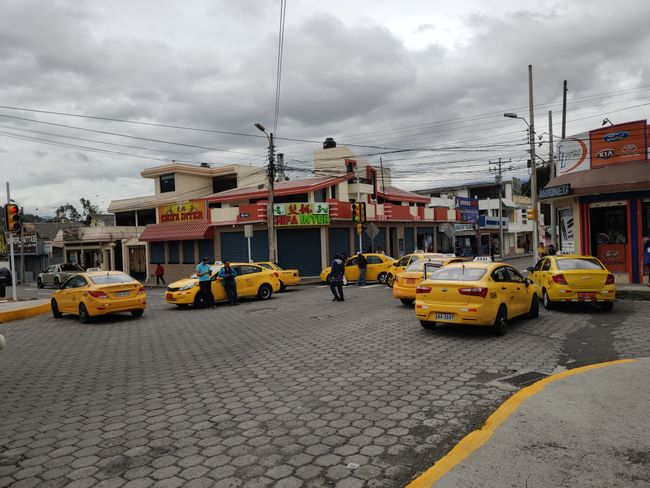
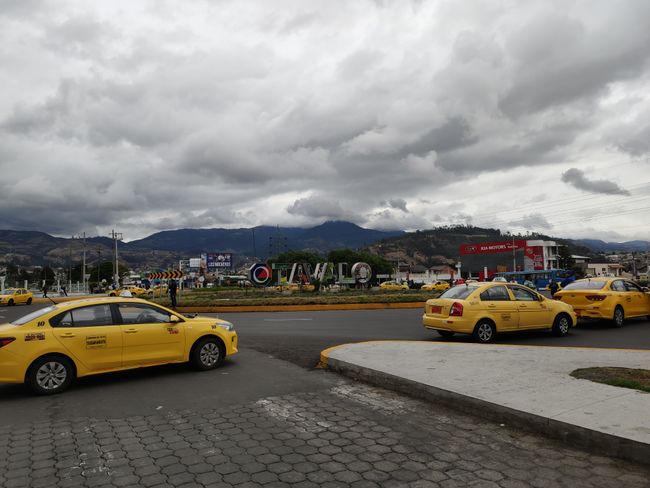
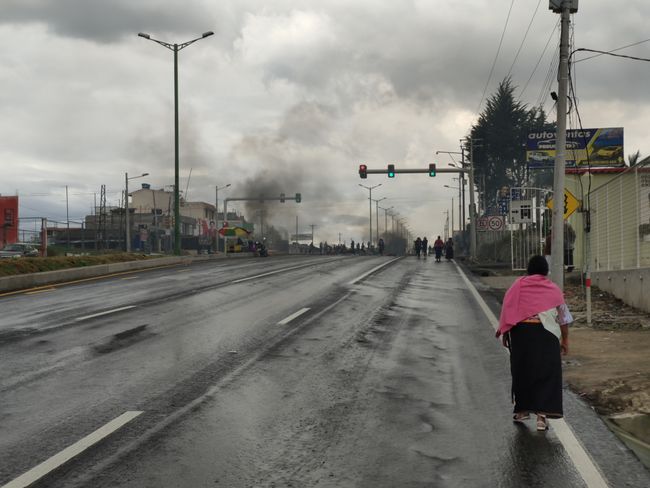
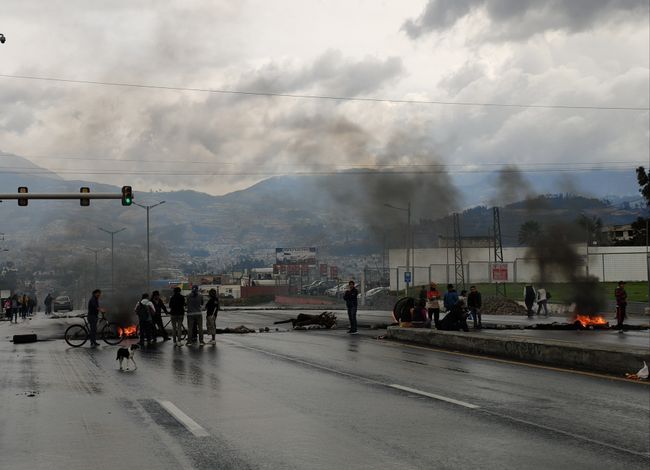
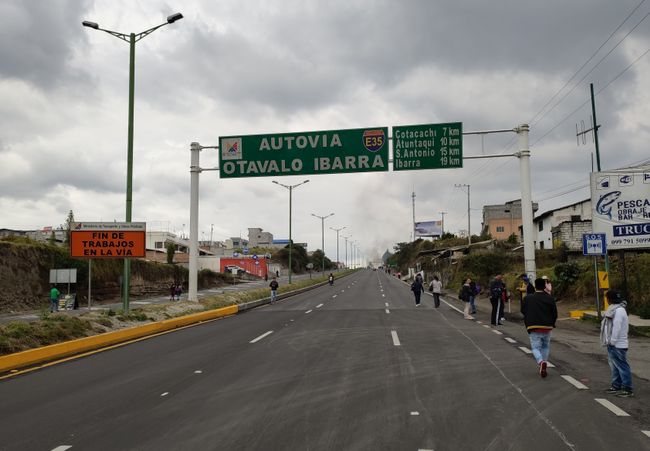
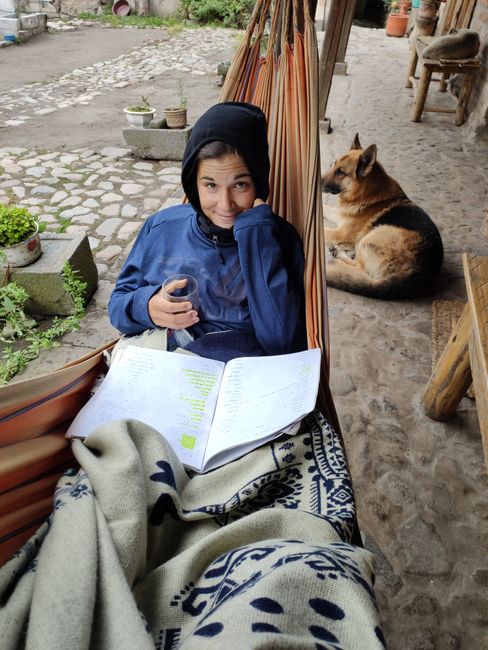
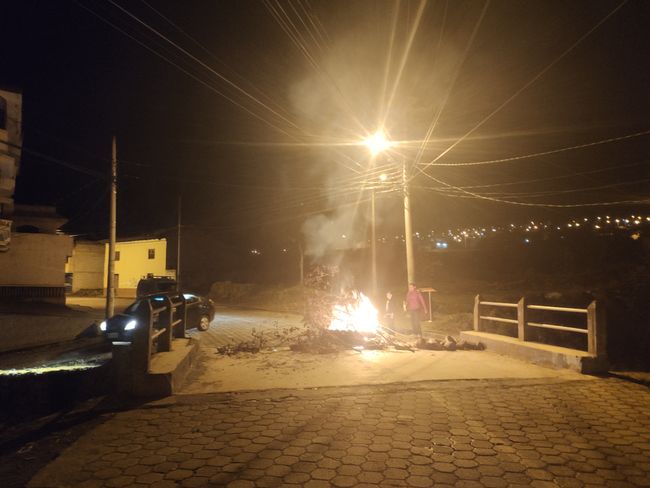
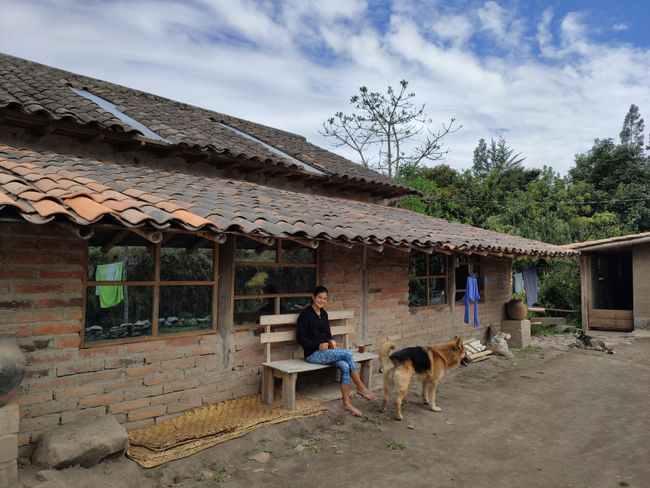
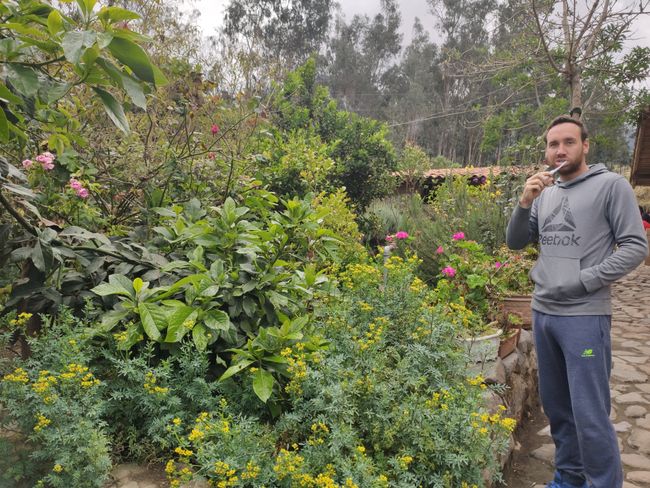
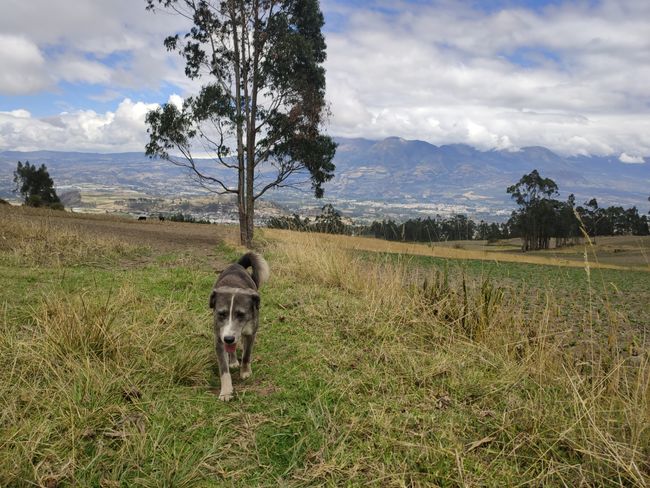
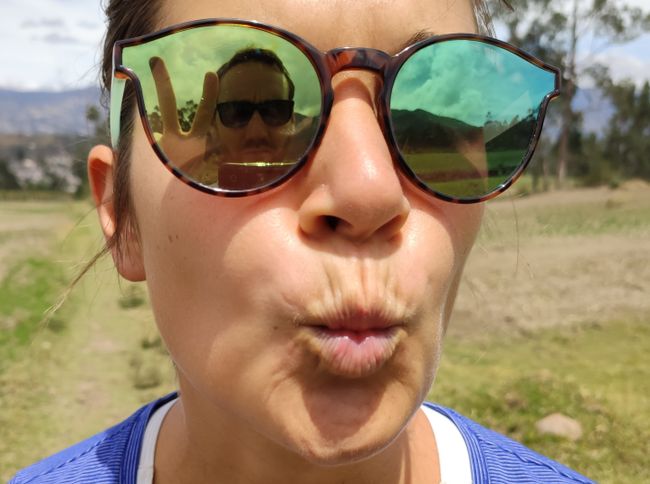
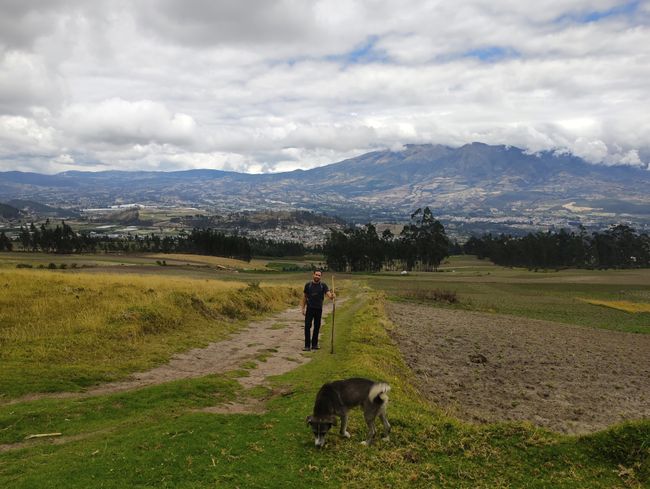
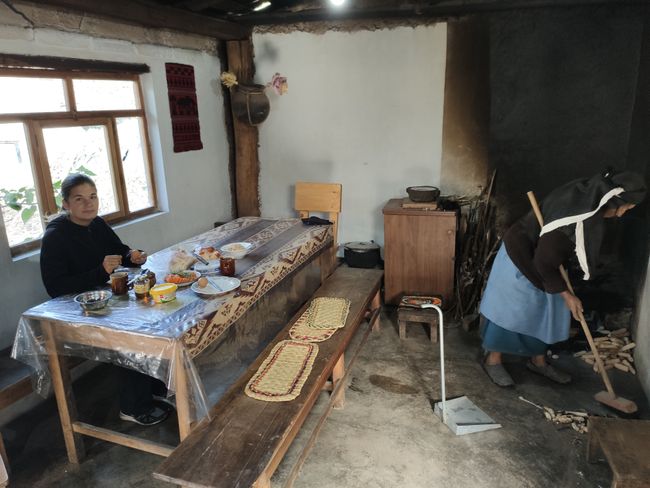
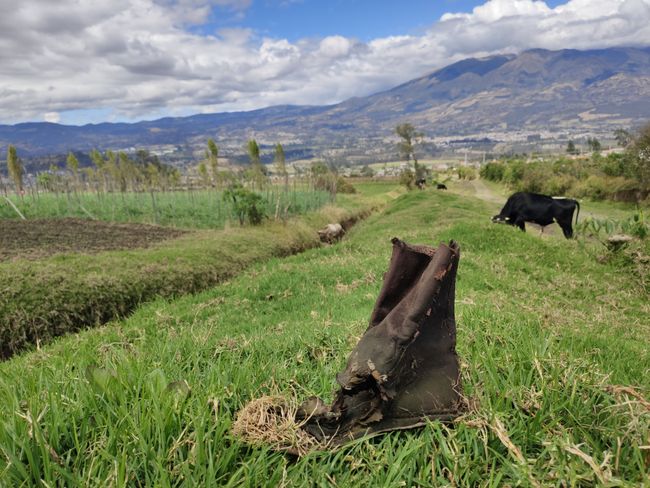
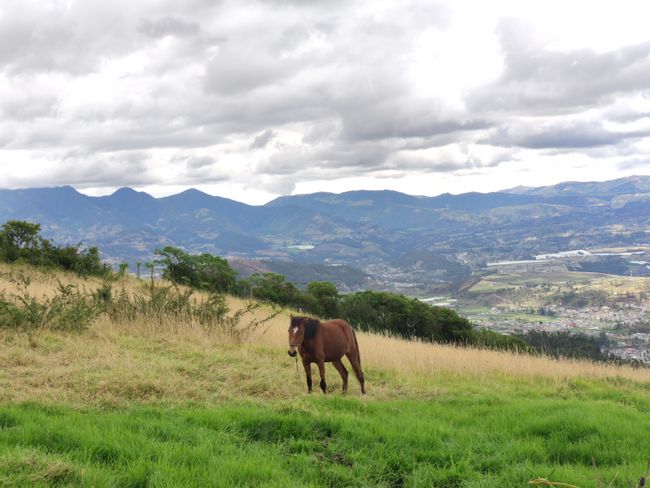
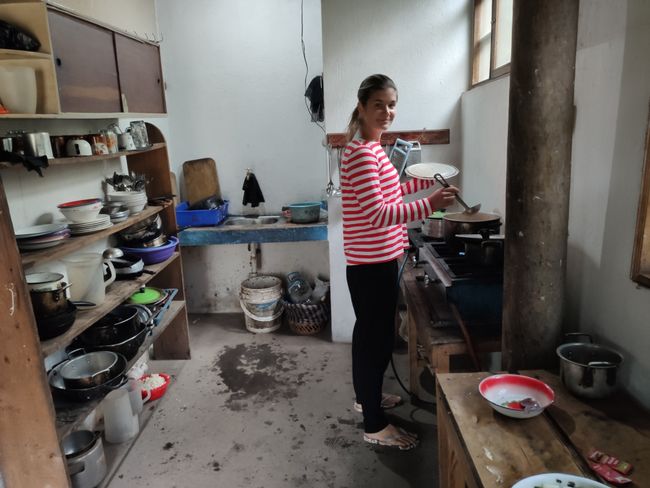
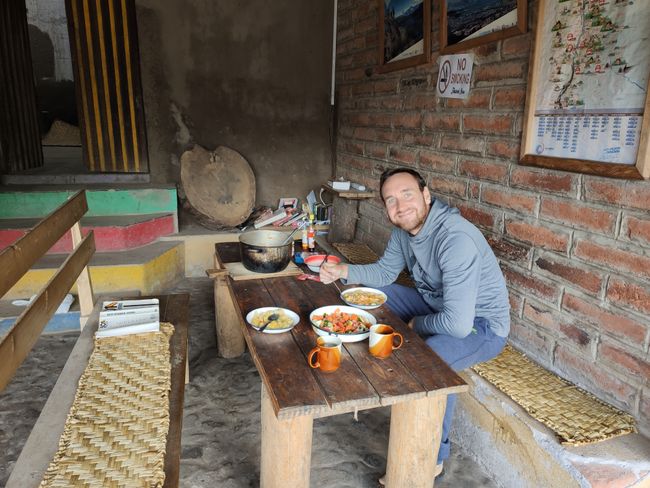
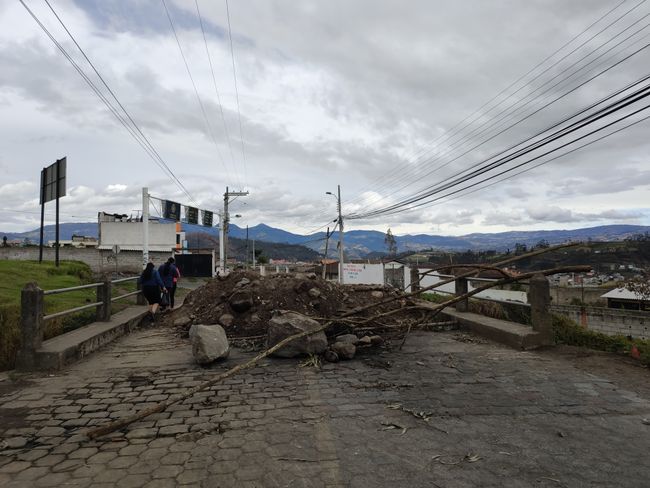
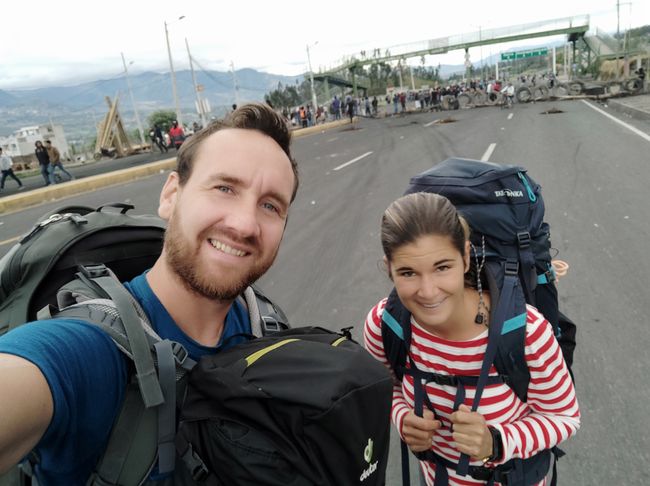
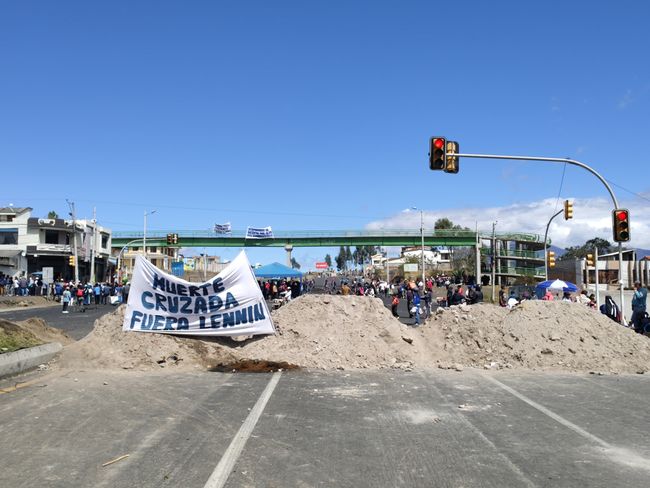
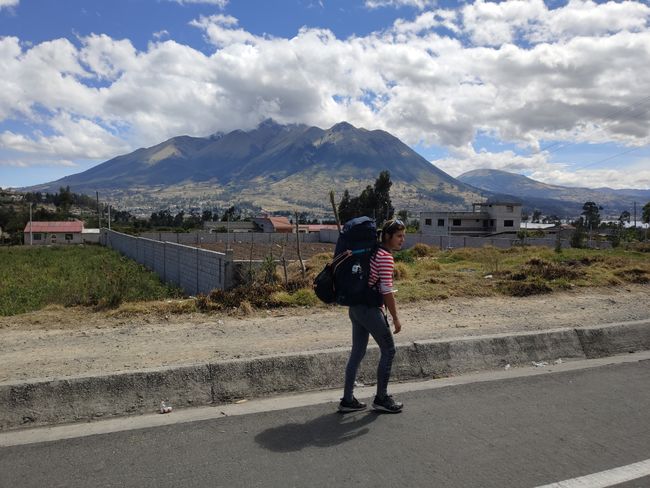
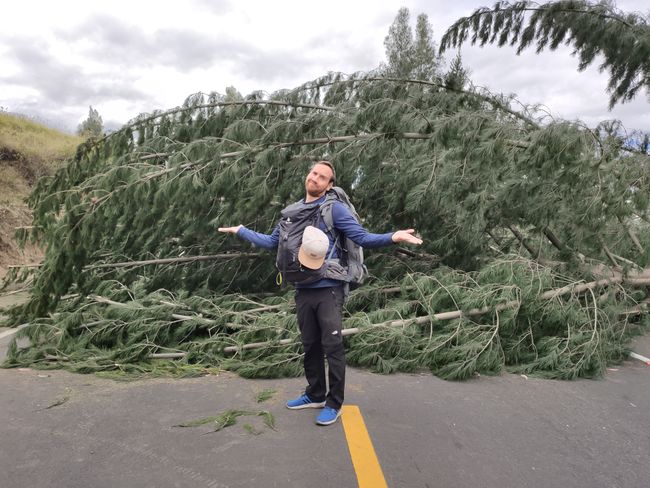
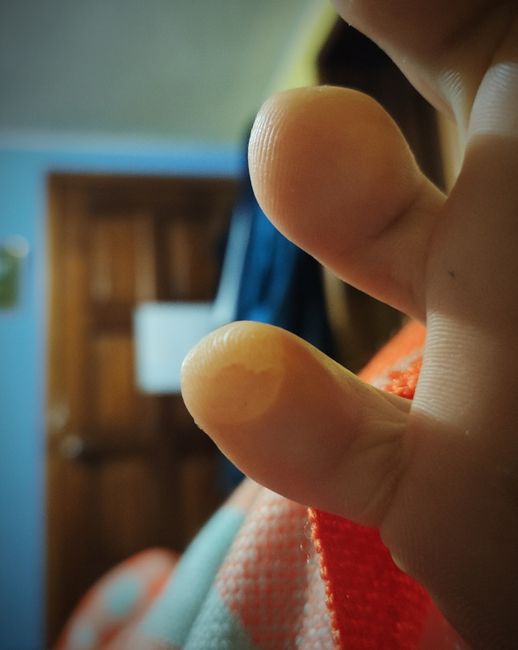
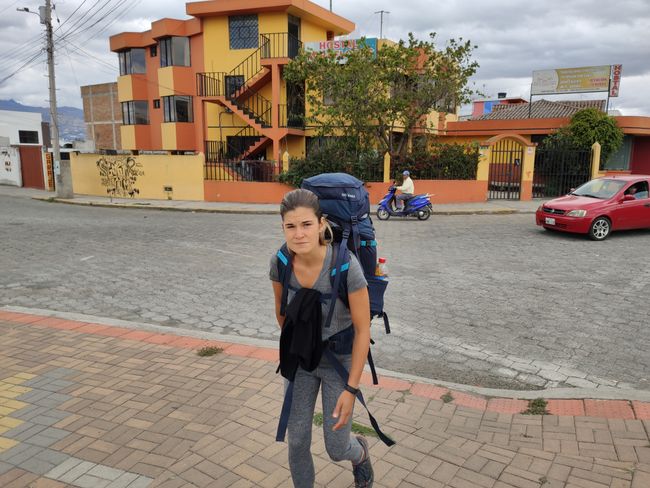
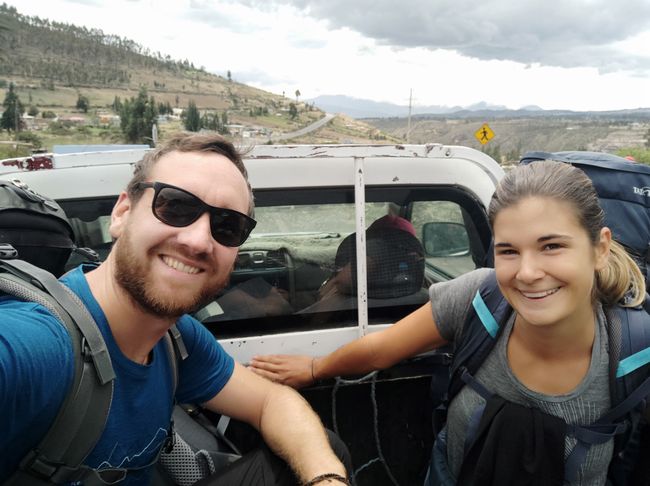
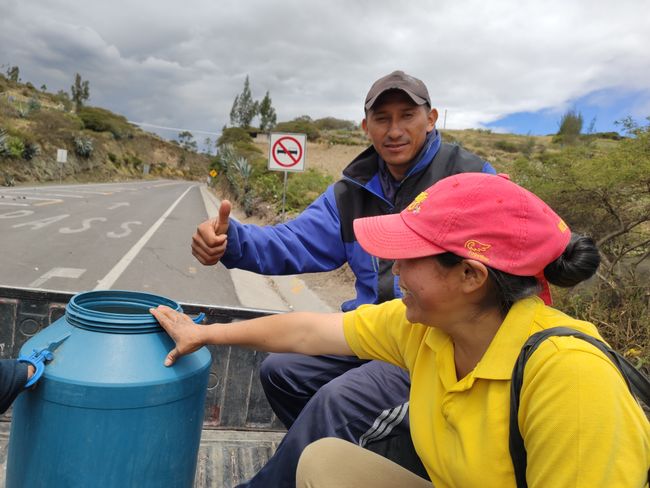
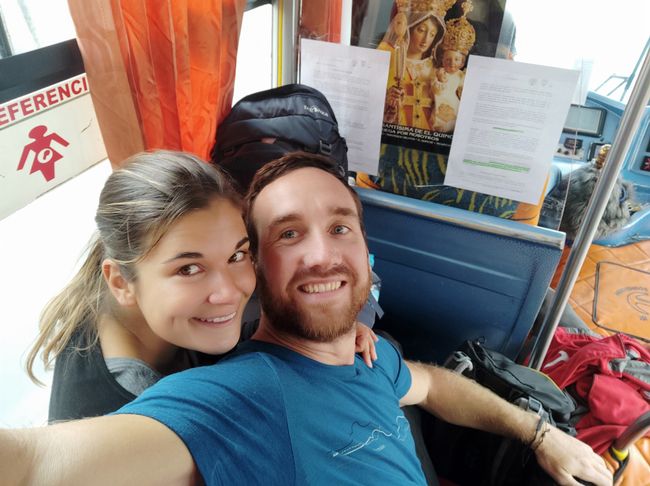
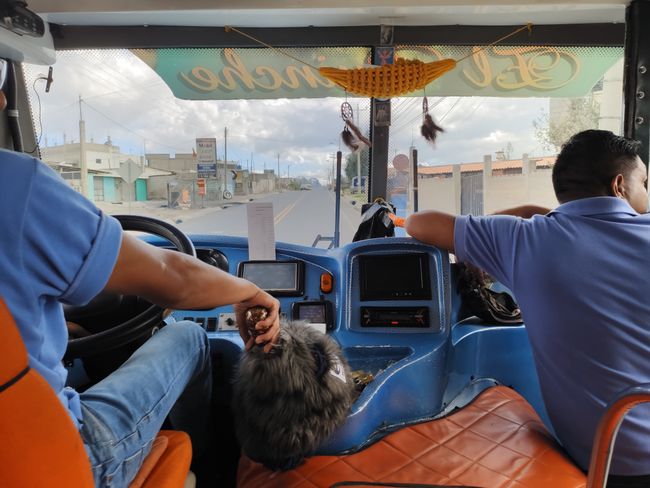
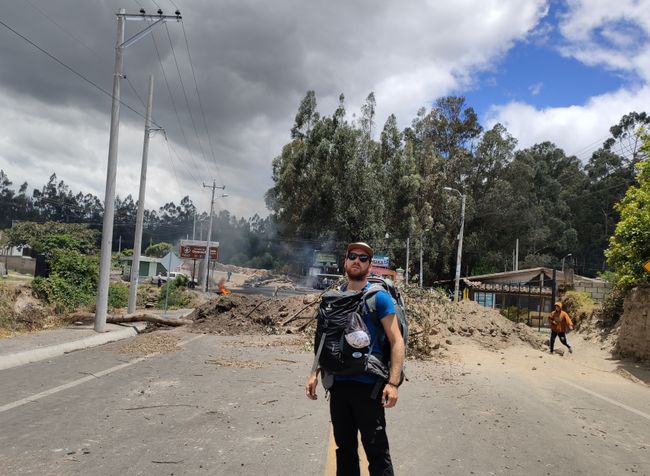
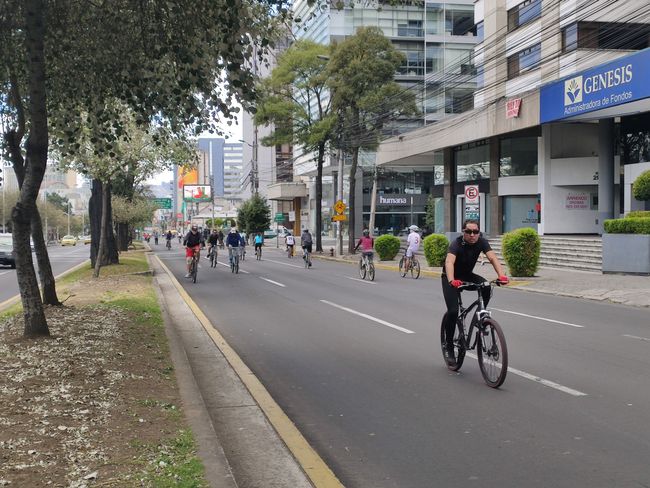
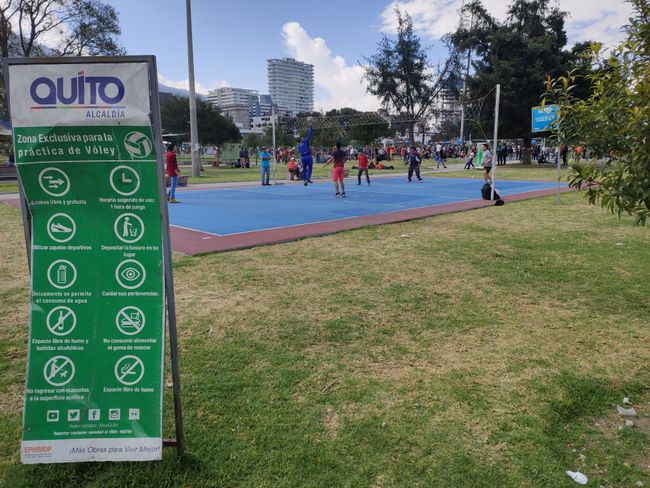
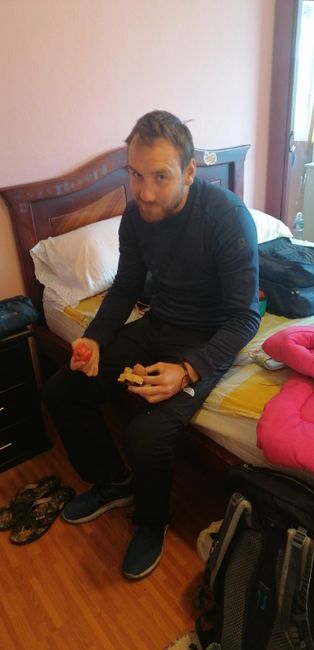
Ohauru ki te Panui
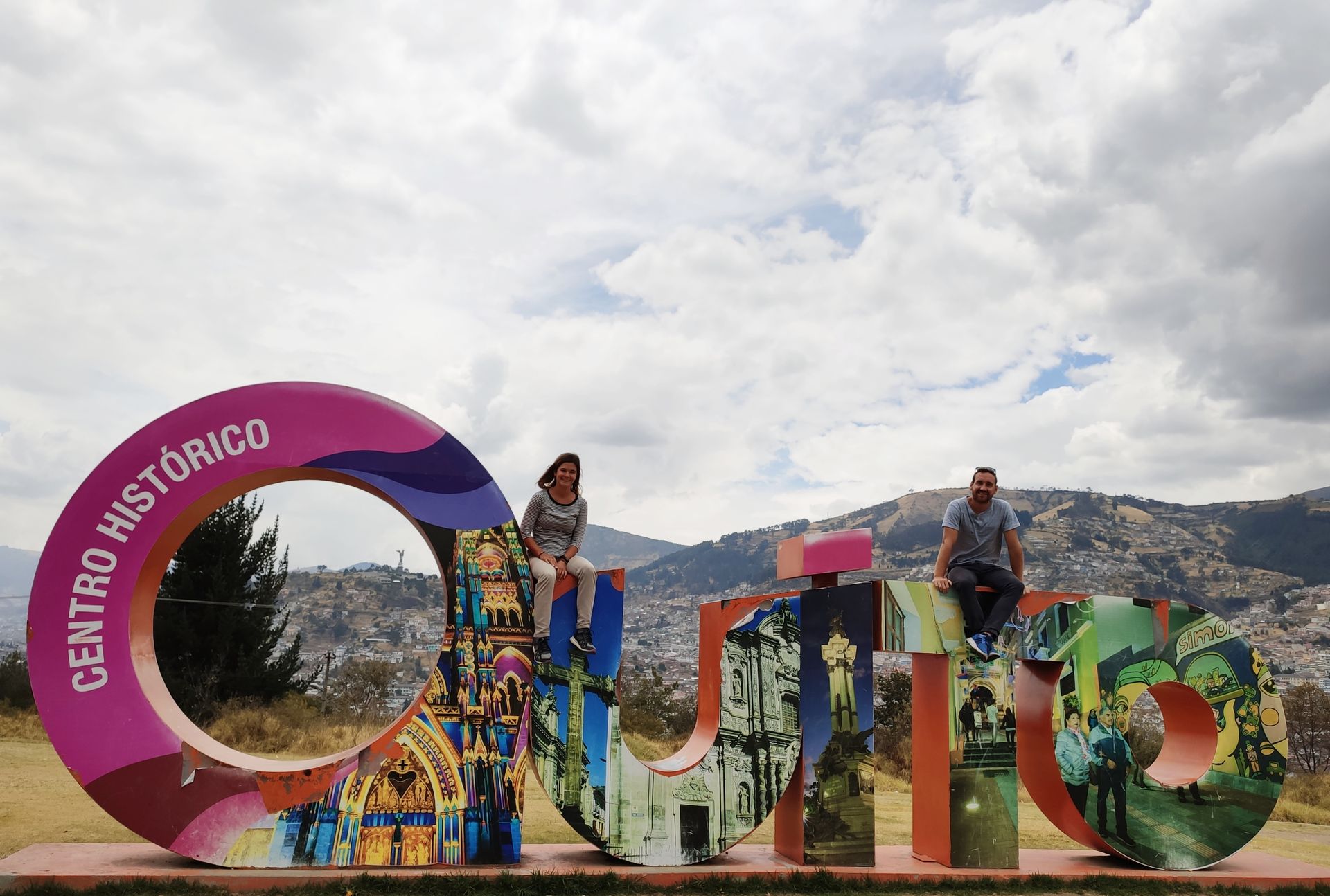
Quito
On 27.09. after a long morning walk in the Colombian capital Bogota, we made our way to the airport to arrive in Quito in the evening. The first impression: a sparkling sea of lights, beautifully illuminated historic buildings, and a great view due to the hilly terrain... we were definitely ready for the new adventure in Ecuador! We spent a total of 5 days in our South American favorite capital city (current status quo).

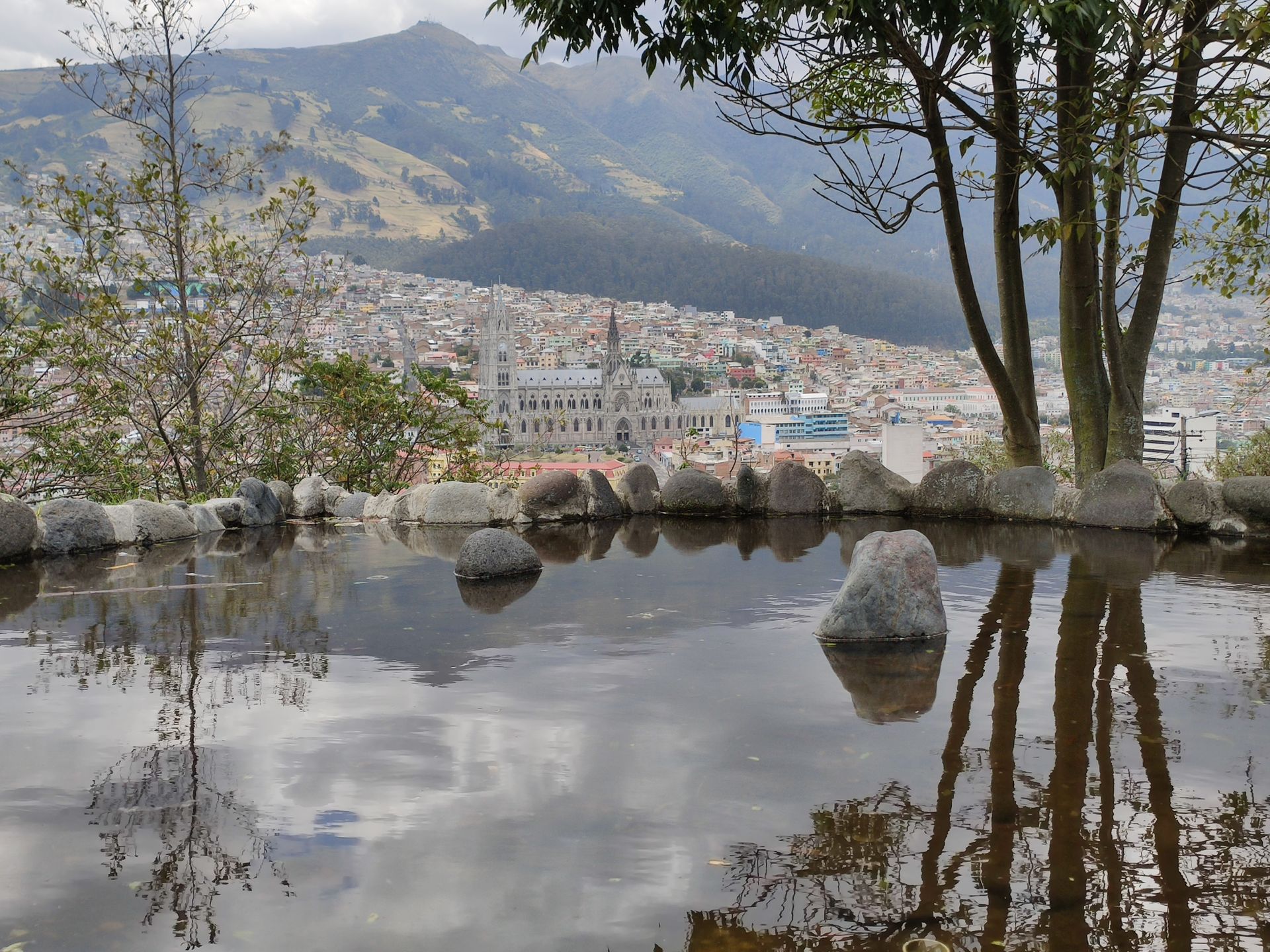
Quito facts:
- The highest capital city in the world at 2850 m
- Surrounded by beautiful and partly still active volcanoes (Cotopaxi, Pichincha Volcano)
- The old town is considered the best preserved in all of South America
- Impressive colonial buildings from the 16th and 17th centuries
We enjoyed Quito so much because everything worth seeing is within walking distance and you can stroll through the city for hours. It feels like you can find a church, a museum, a monastery, a magnificent government building, or a beautifully designed park on every corner of the historic quarter. We absorbed a lot of the Ecuadorian way of life on the first day and agreed: 5 days in this city are not too long - Quito is incredible!

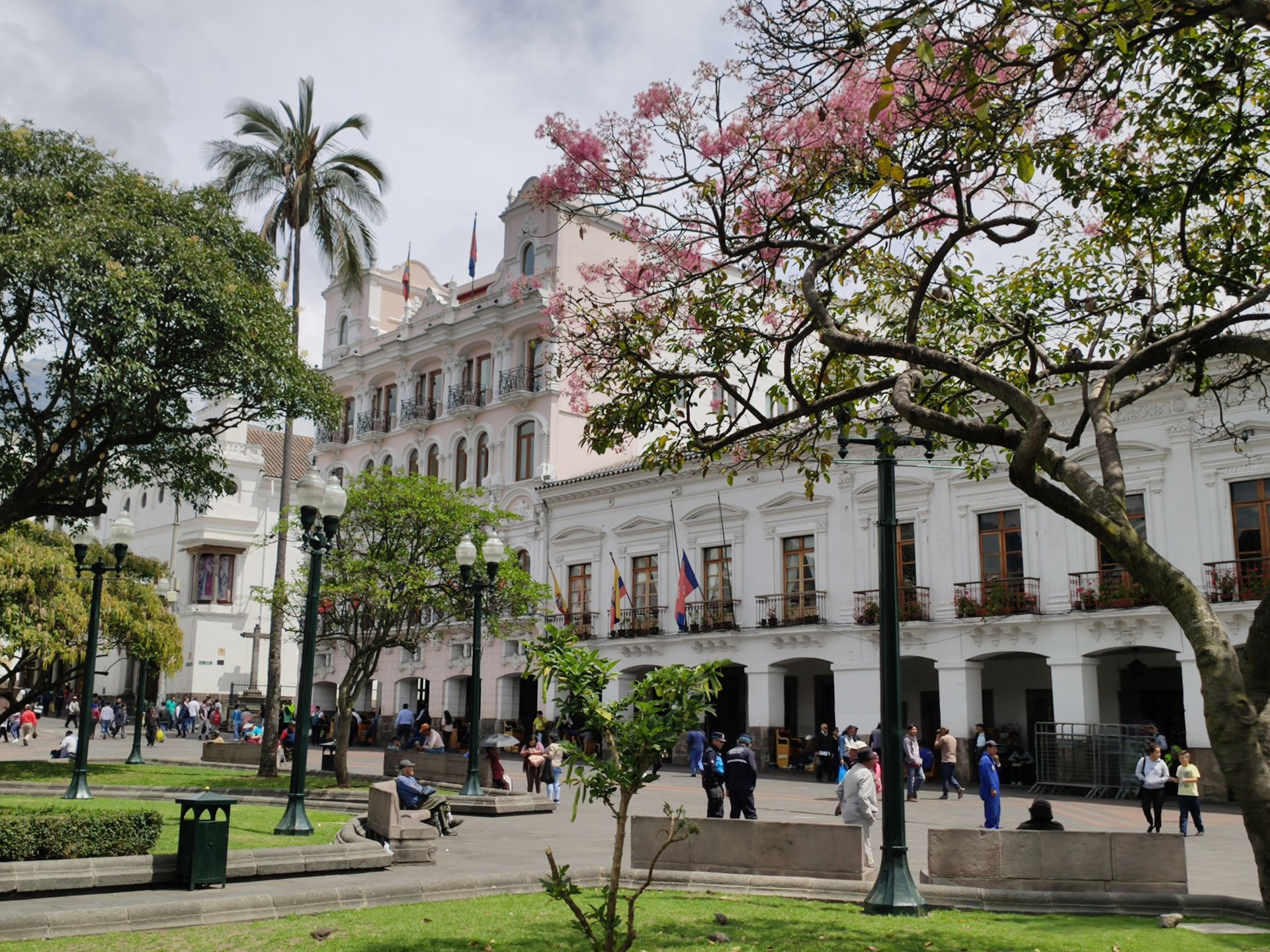
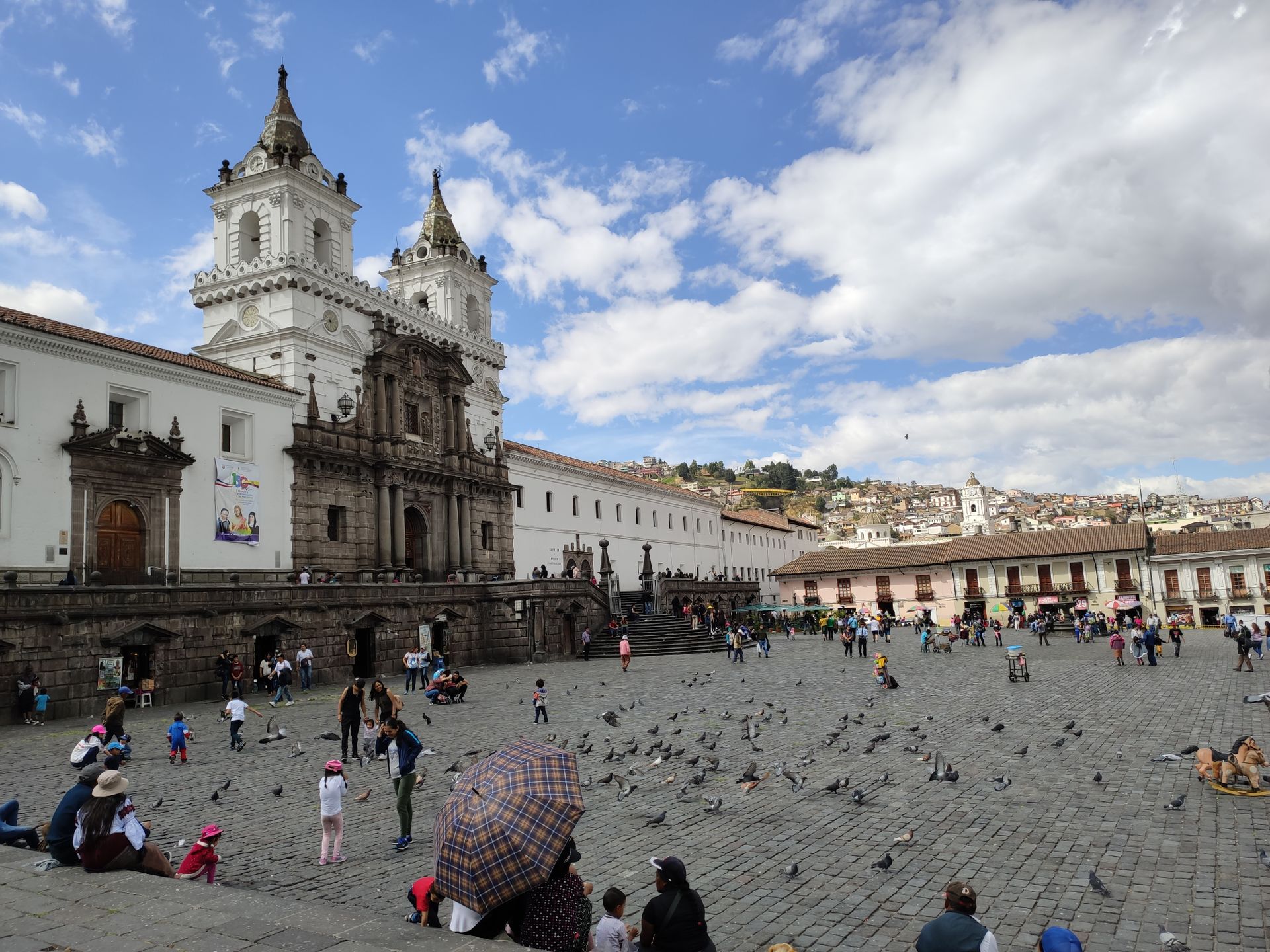
One particularly beautiful day for us was September 29th, when we didn't do much, but followed the Austrian elections in the morning and went to the fantastic "Parque La Carolina" in the afternoon. We specifically wanted to visit this park on a Sunday because apparently everyone in Quito is supposed to meet there. People danced, exercised, played music, played tag, rode pedal boats, and there were a variety of food stalls. We also spent some time sitting on the grass and trying to do handstands with our aging bodies. The satisfaction of the people rubbed off on us and made us happy. On this day, we once again had the (unintentional) pleasure of eating pork skin. This stuff is really everywhere and is eaten for breakfast - unbelievable! A little further in the park, you'll find a huge skate park and countless soccer and volleyball fields as well as a CrossFit facility. We spent the whole afternoon observing the local population. This ultimately made the day very special.
Interesting detail: every Sunday from 10am to 4pm it is forbidden to drive cars on many main roads by order. Accordingly, the joy among cyclists is great - cool idea!
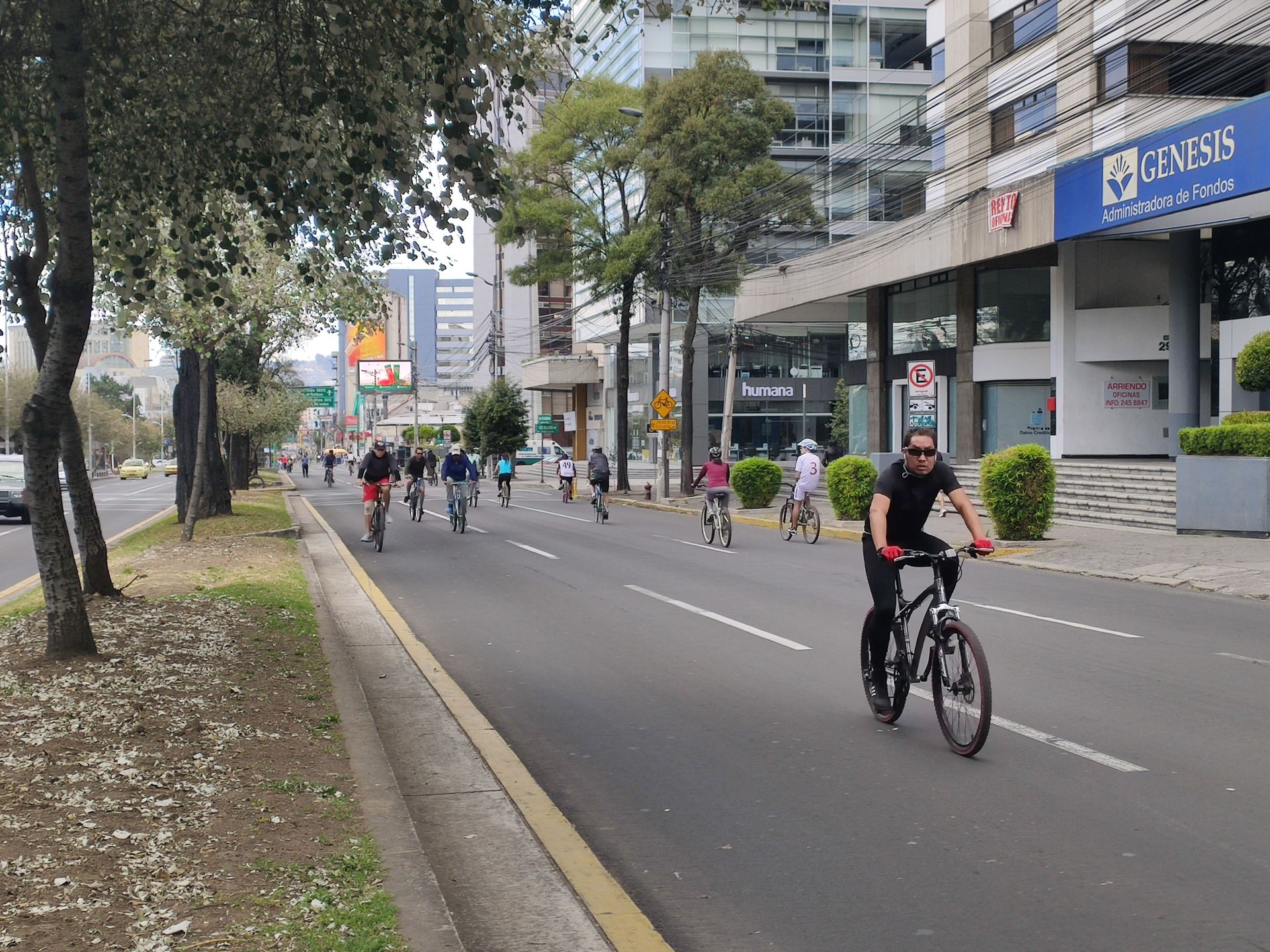
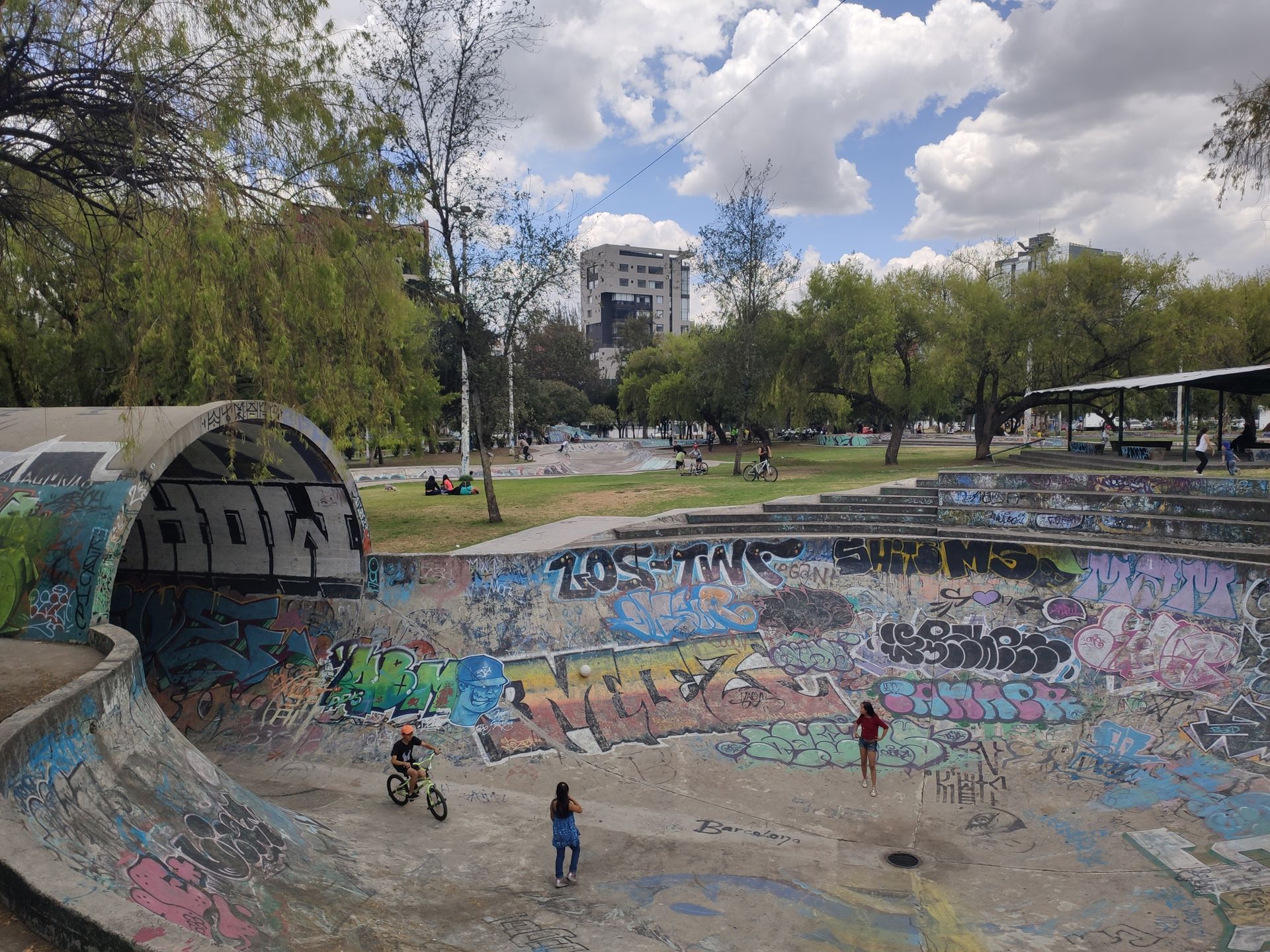
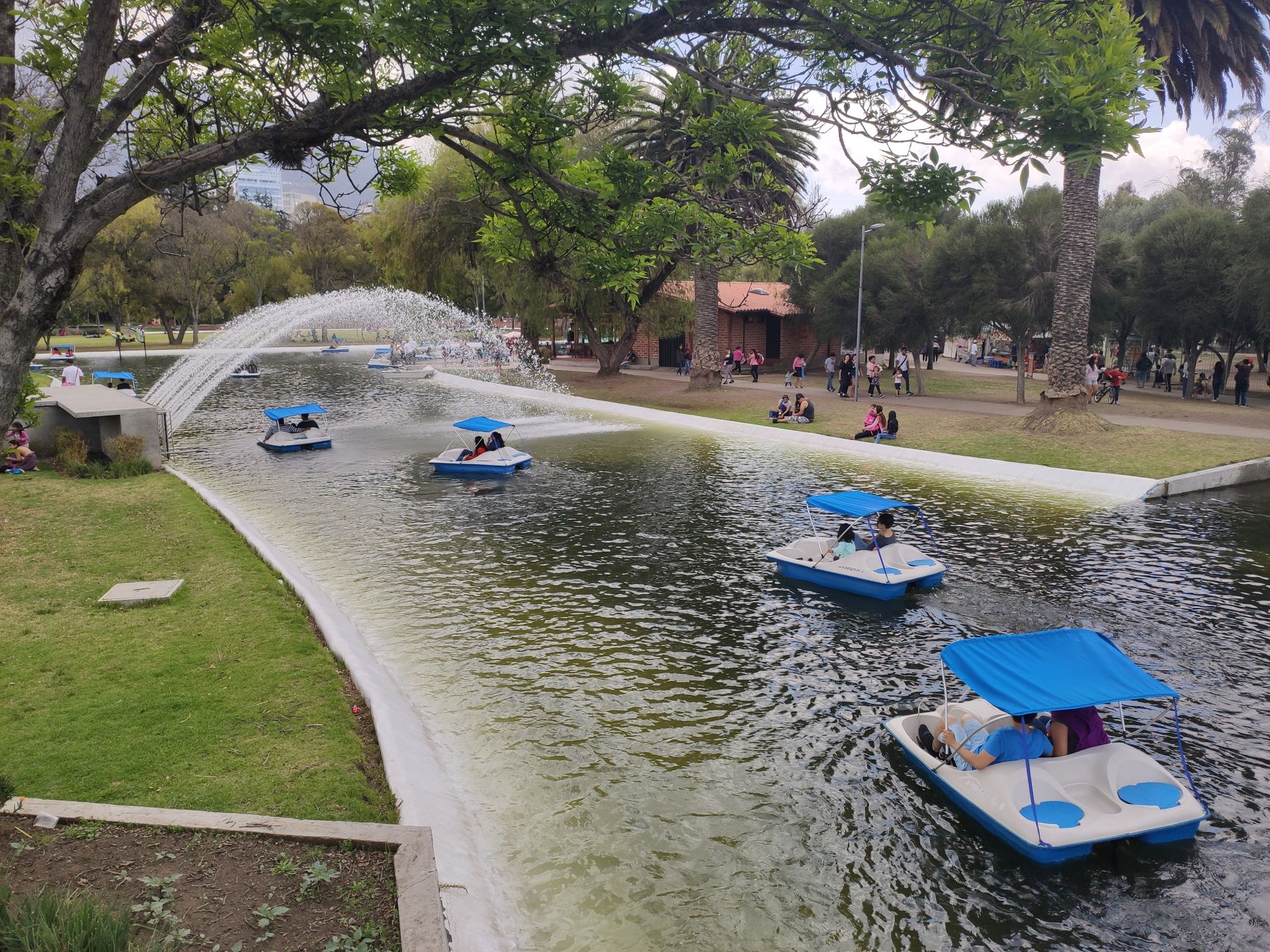


Rucu Pichincha
After enough days of acclimatization, we ventured to the "house mountain" of Quito. Given that we already got out of breath while walking through the hilly city, we were very curious how we would fare with even thinner air conditions. With the cable car "TeleferiQo" built in 2005, we went up to 4,000 meters - higher than we have ever been before. The trail itself is not particularly difficult, and the 700 meters of altitude to be overcome are also manageable. However, we quickly noticed that this tour cannot be compared to a hike in the Alpine region. The oxygen noticeably decreased and we were gasping for breath on the steeper sections. After Jürgen gave short and concise answers to Martina's chatter, the concern and the subsequent question "Are you still in your right mind?" were more than justified 😊. We partly crawled on all fours with breaks every thirty meters during the final climb. After about four hours - including some detours due to poor marking and orientation - we finally reached the summit. Just at the right time, the fog cleared and we were able to admire Quito and the surrounding landscapes from above. A truly great experience!

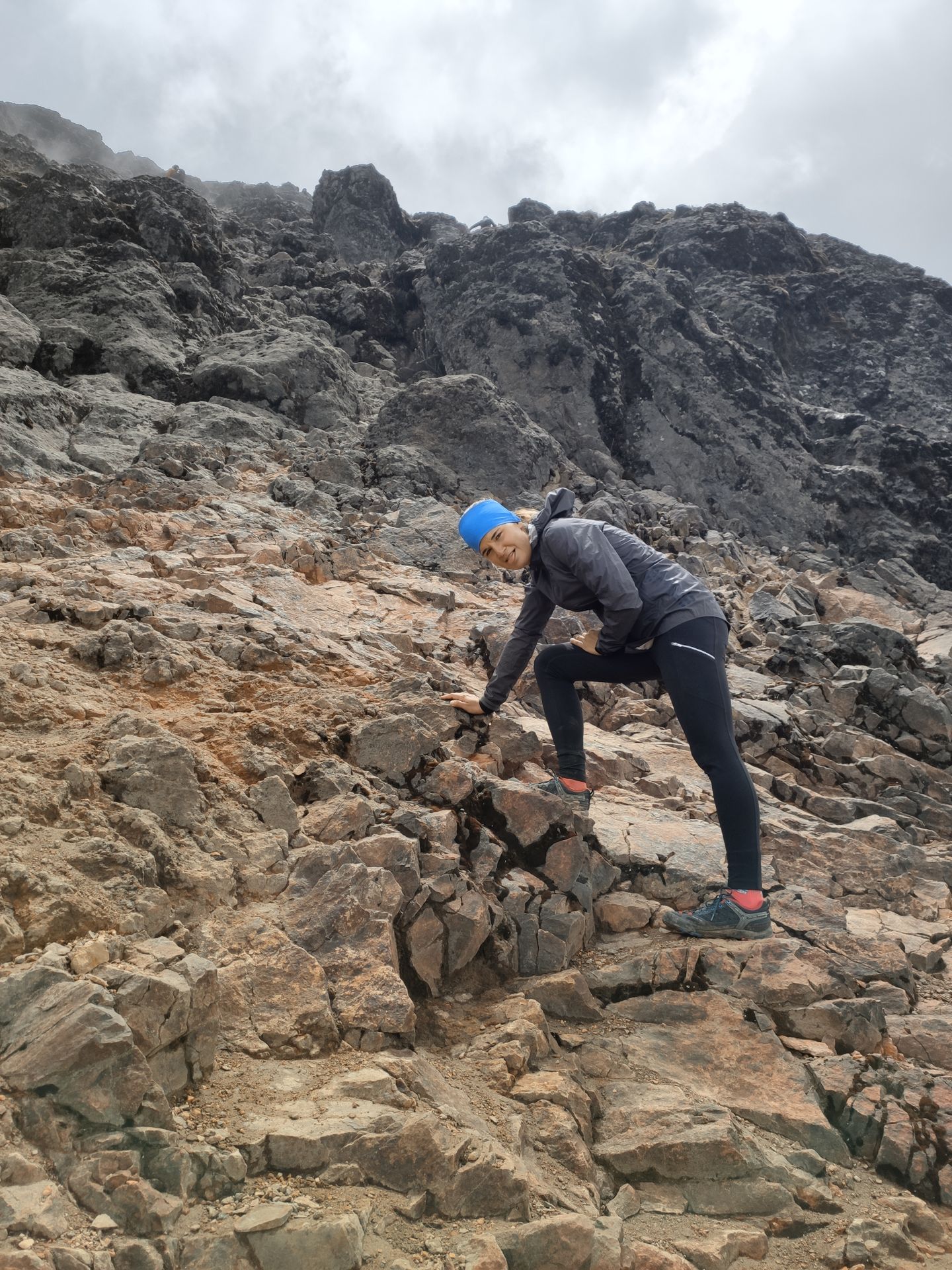
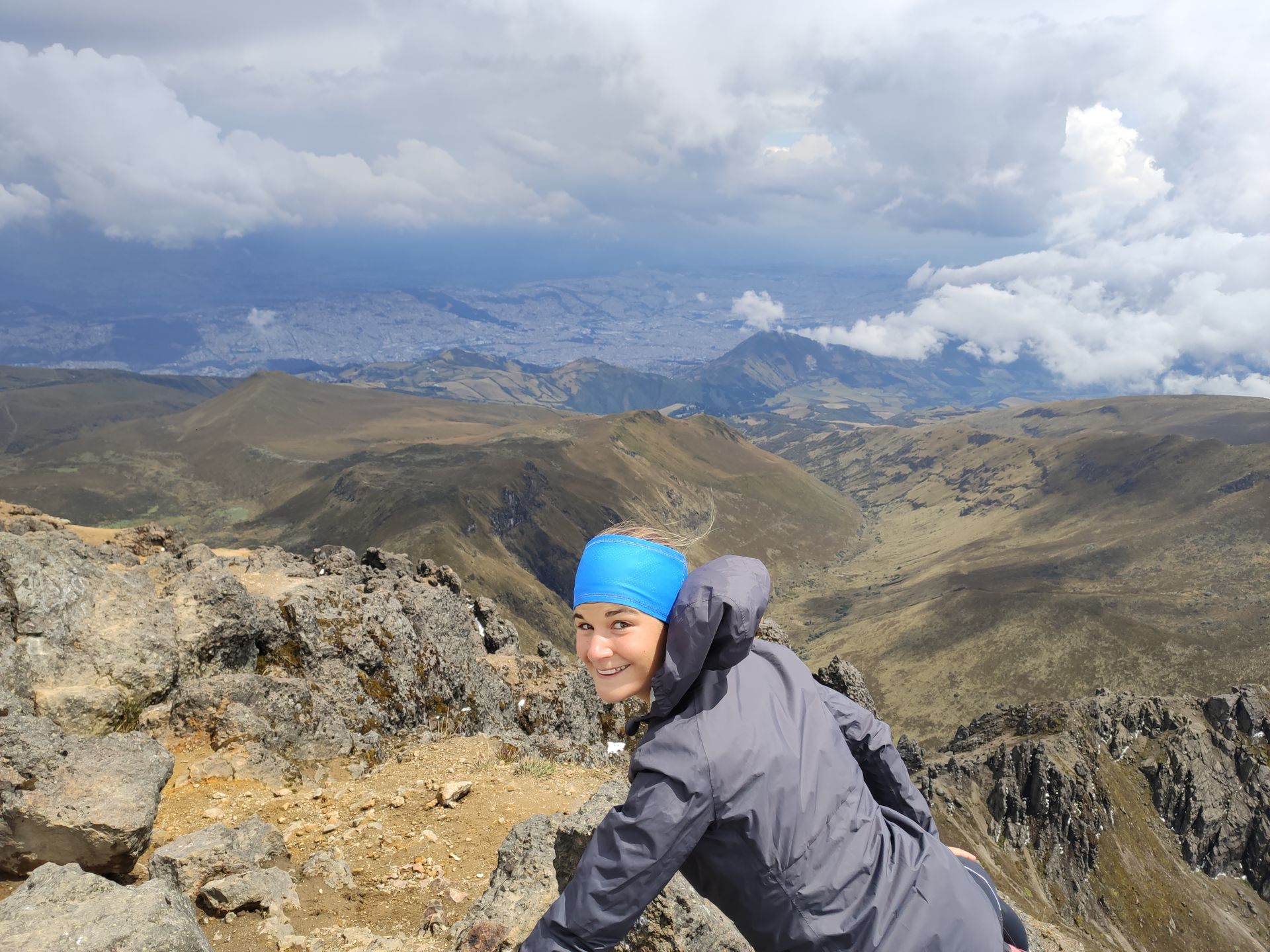

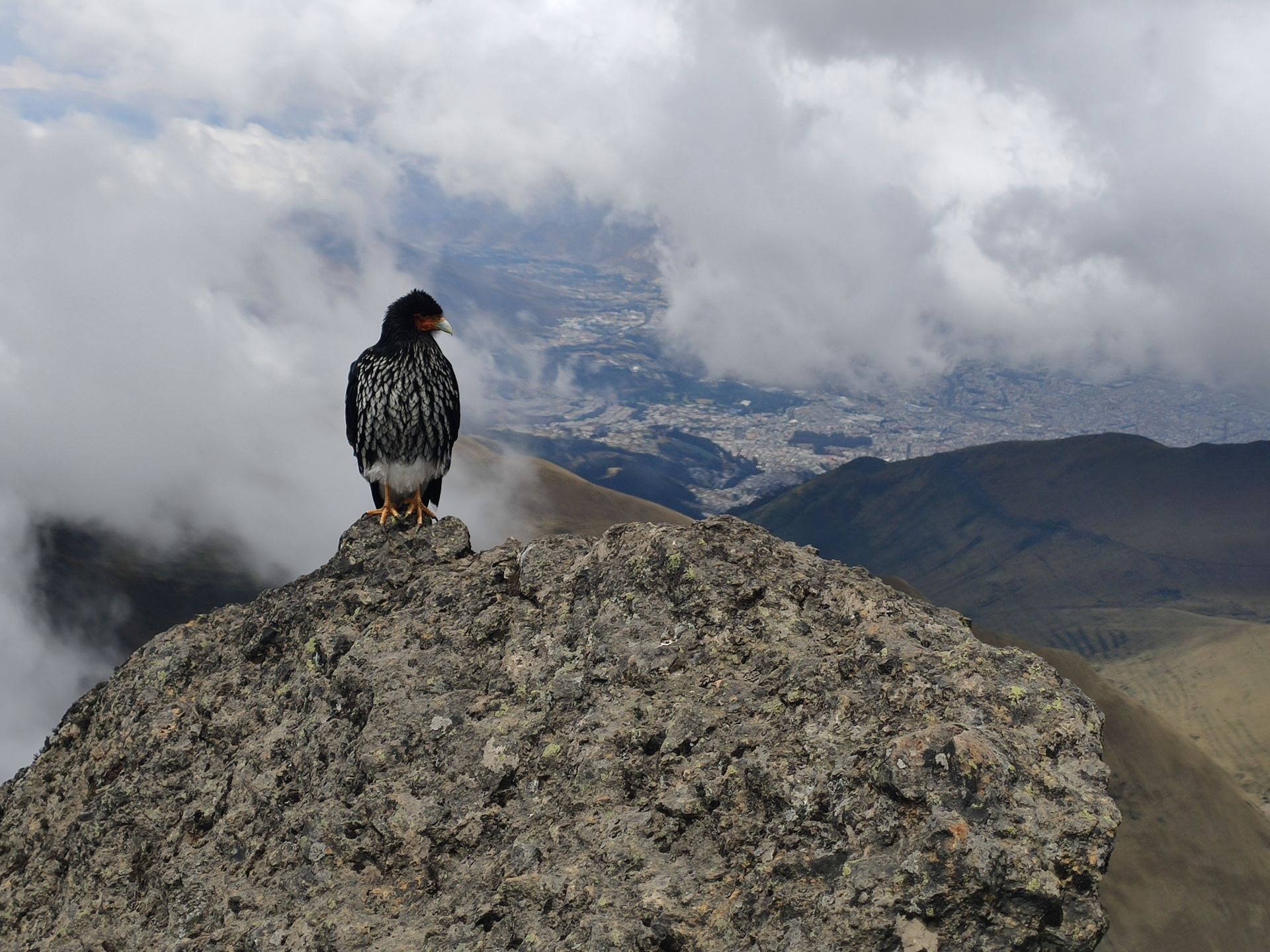
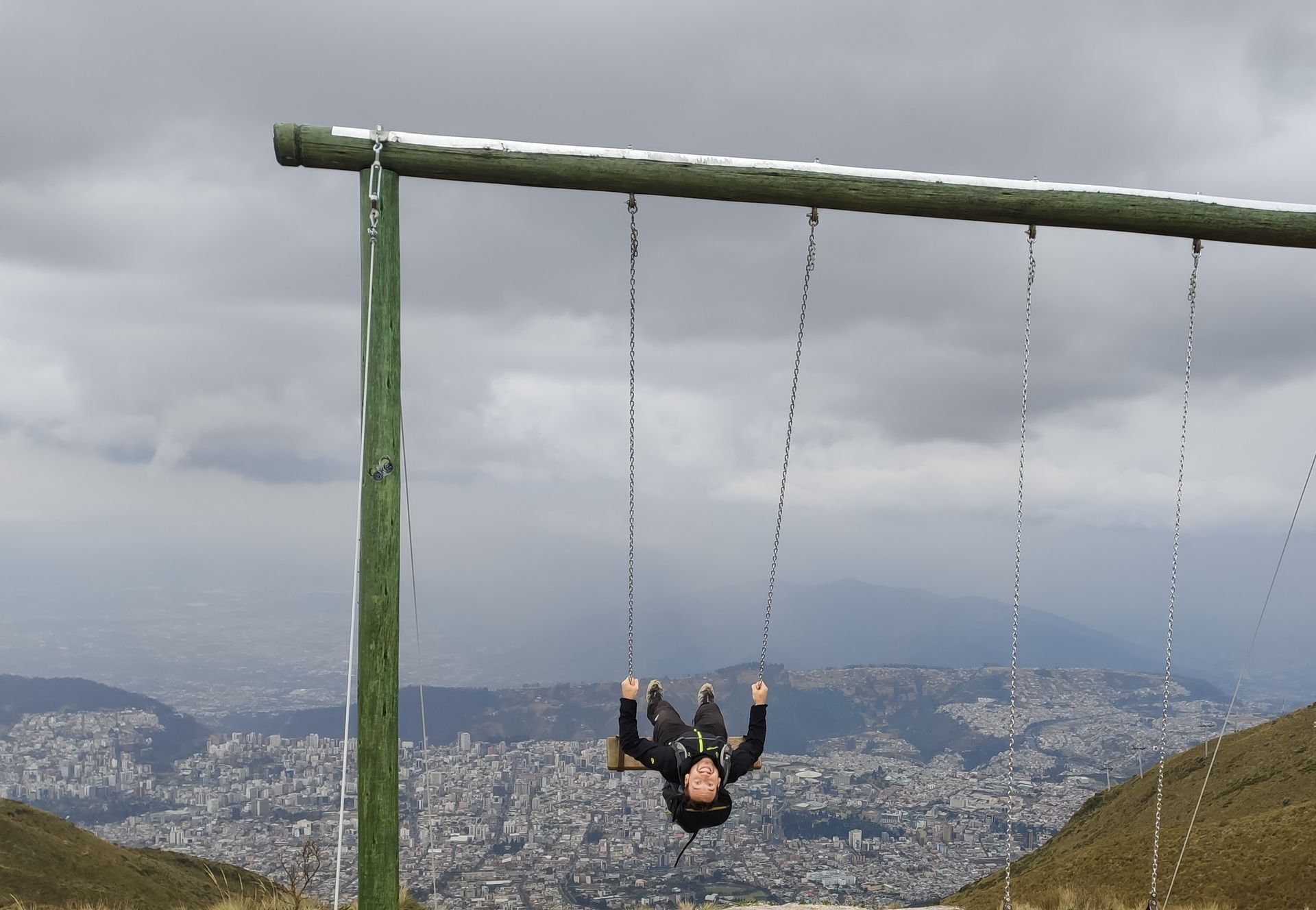
The next excursion - it should be our last in Ecuador - took us to the equator. This tourist must-visit could not be missed, so we spent several hours at "Mitad del Mundo", where we took the obligatory photos on the equator line and enjoyed the sunny weather - including sunburn (it happens quickly at almost 3,000 m).
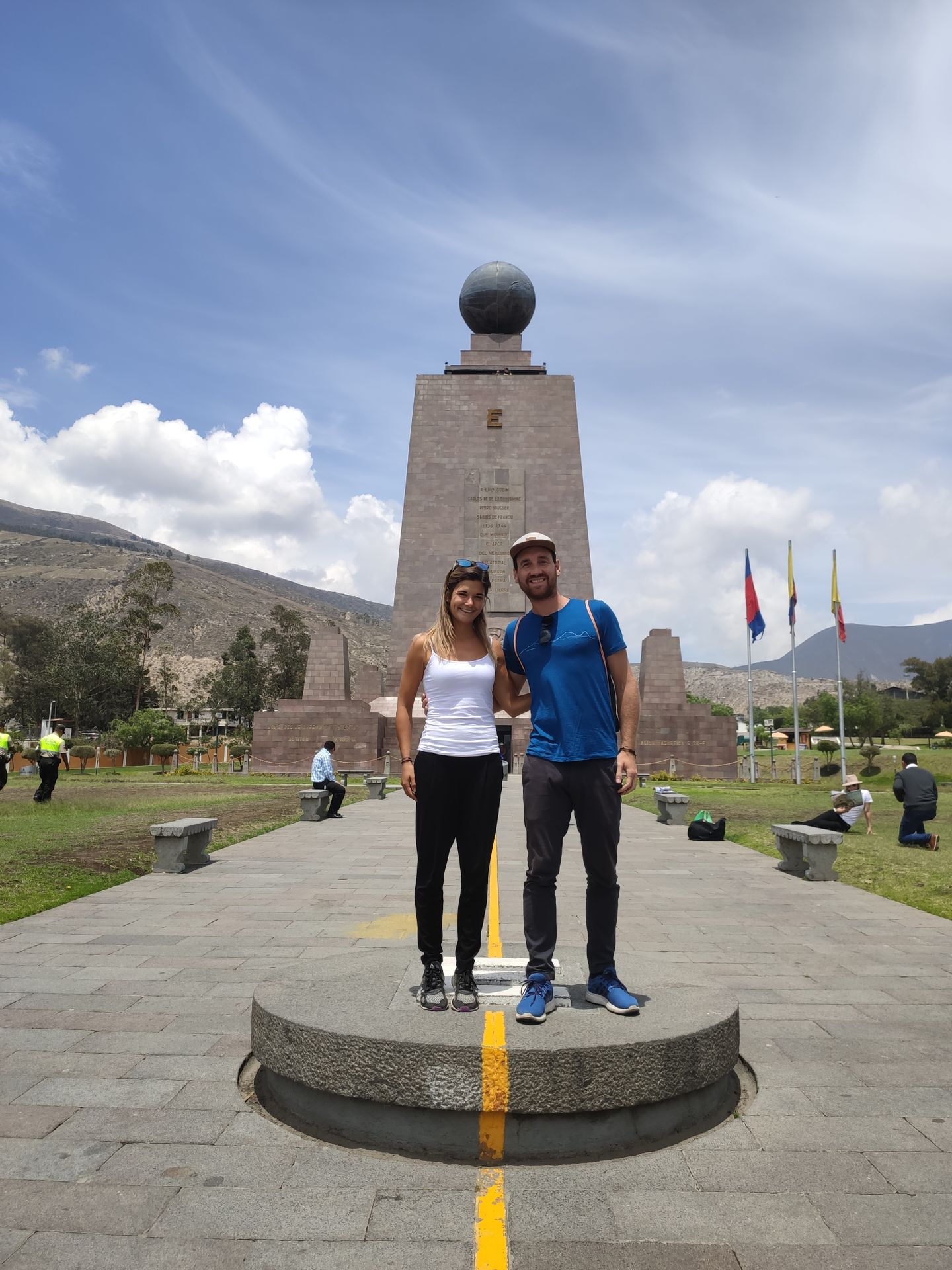
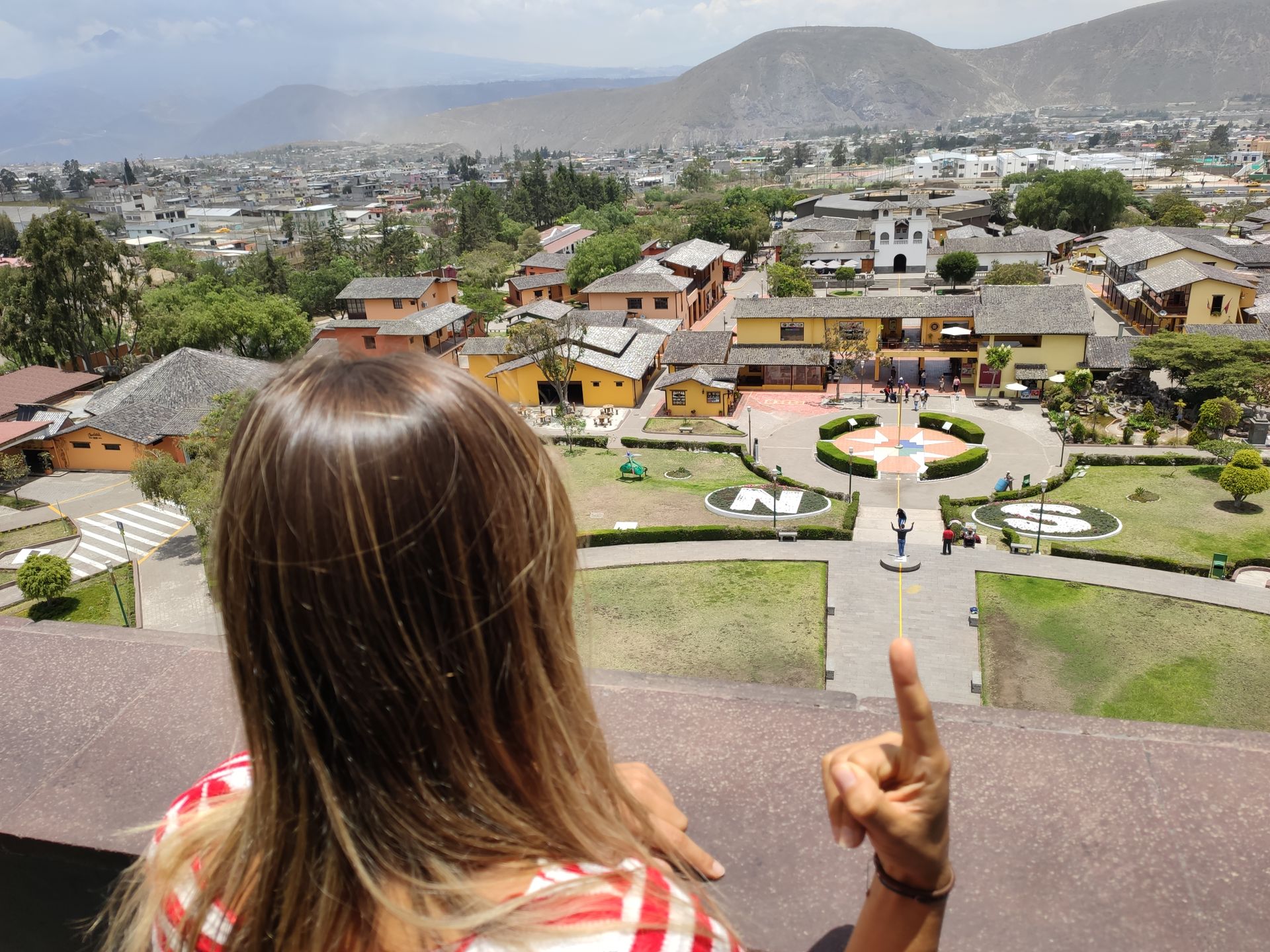
Otavalo
The city surrounded by three volcanoes with about 50,000 inhabitants was supposed to be the perfect starting point for a tour of the lagoons and our next high-altitude stages. Unfortunately, everything turned out differently than planned, ...
Strike in Ecuador
01/10/2019
The Ecuadorian president announces a multi-billion dollar austerity program that was agreed with the IMF to get the national debt under control. Ecuador will only receive a $4.3 billion loan from the IMF if the budget deficit is drastically reduced. This austerity program includes the following measures:
- Elimination of state subsidies for fuel -> diesel prices increase by over 100%
- Relaxation of labor protection laws
- Reduction of vacation days for civil servants (from 30 to 15!!! days)
It was to be expected that this would lead to strong dissatisfaction among the population. However, at that time, the extent was difficult to assess.
03/10/2019 - first day of the strike
When we wanted to travel to the Laguna de Cuicocha on the first day in Otavalo by bus, our host informed us that there were no buses or taxis today, but it would not be a problem to reach our destination if we ask locals for a ride. Still unaffected by the situation, we even found a taxi driver breaking the strike, who agreed (albeit for a higher fare) to drive us to Cuicocha. However, we quickly realized that not only were the main roads blocked by buses and taxis, but the shortcuts known only to the locals were also impassable. Worried that if we even reached our destination, we would never be able to return from the lagoon, we canceled our day plan. Instead, we wandered around Otavalo, drank coffee and cocoa in a bakery, and tried to read the newspaper and talk to locals to better understand the situation...


04/10/2019 - March to Otavalo
After some conversations with our indigenous host, we became aware that this would not be a one or two day strike, but that we have to expect a longer period of time. The indigenous population is significantly involved in the strike - our host was on the street every night, and we sometimes waited in vain for breakfast in the morning.
In the small village of Iluman, where we stayed on a secluded farm, most of the already few shops remained closed. So, in order to stock up on food and sufficient cash, we made our way to Otavalo, 5 km away. Unfortunately, after crossing several burning tires and the like, we also had to realize in Otavalo that almost all the shops remained closed. At least the large market was open, and we bought sources of energy such as rice, lentils, and... rum 😊 We tried to withdraw money from four different ATMs - at least we were able to get 180 USD. You could feel the tension in the people, and if you took a closer look at their purchases, you would notice that they bought a variety of food... especially non-perishable ones.
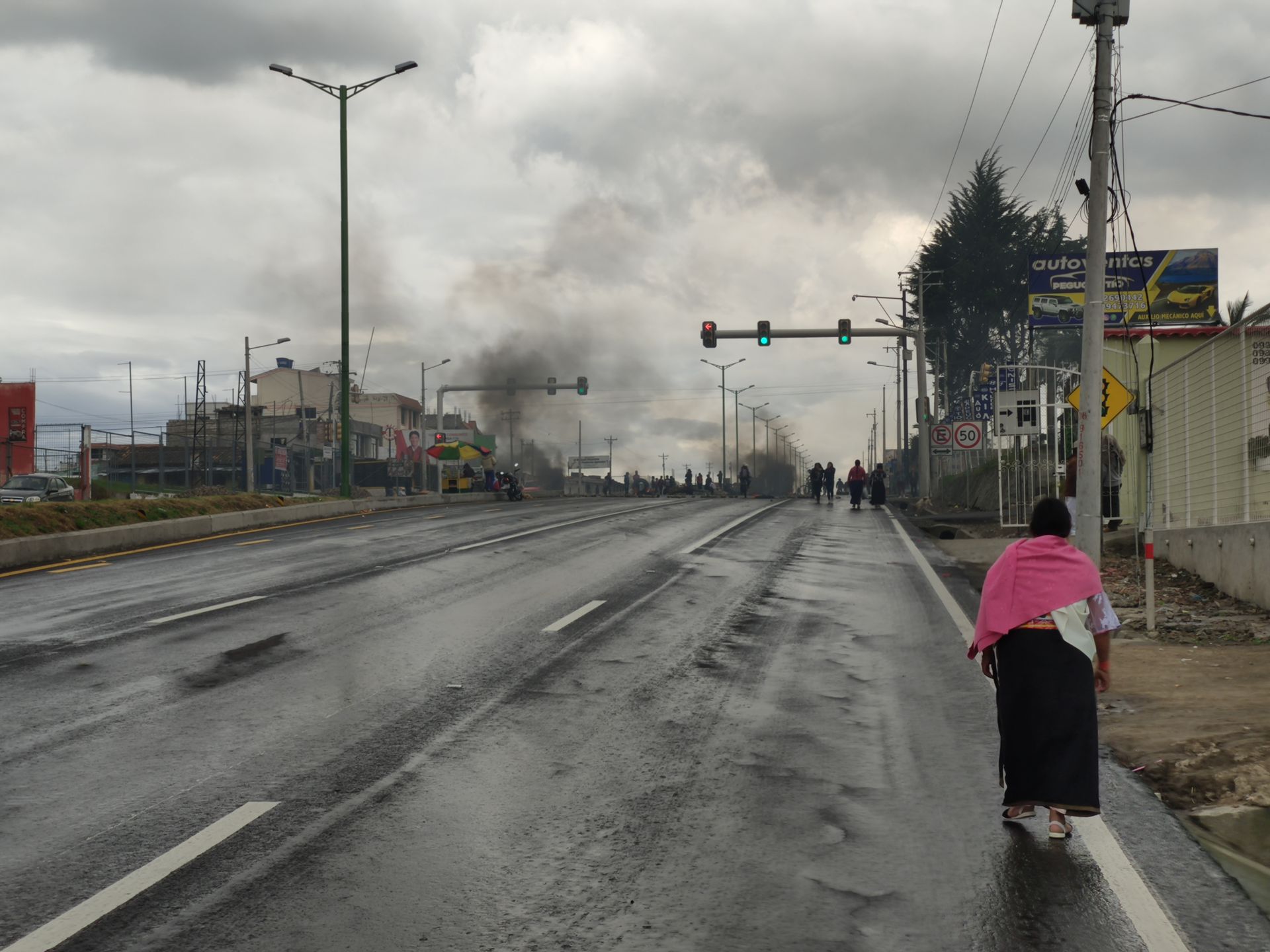
05/10/2019 - 08/10/2019
After three days, the news that the strike of the companies was now over brought hope. But no! Instead of the hoped-for improvement, the situation unfortunately continued to deteriorate. The indigenous population, which is predominant in this region, united in this strike and, by setting up barricades of earth and trees, completely blocked everything. Whether the constant burning of car tires in the streets had to do with the low temperatures at night or their fascination with fire, we could not find out. We found it unnecessary and were annoyed by the air pollution and the smell. In addition, the masked men with their spears did not contribute to our well-being. We followed the news every day and could see from both the news and the live scenes on the streets that the indigenous population's attitude towards the government was getting worse and their behavior more aggressive. Vandalism, looting, and injured people were the consequences. Now our understanding of the actions of the indigenous population began to wane. Since we were staying with an indigenous family and had the feeling of not having access to objective information (we only understood "The indigenous people won't give up!" "The strike will last at least a month" "It's very bad." "Everyone is on the streets all night." "The president is an idiot!"), we decided on 08/10 to leave Ecuador and make our way to the airport in Quito on foot. We were confident that we could cover the almost 100 km with a total of 35 kg of luggage on our backs in 6 days and hoped that we could hitchhike at least a few of those kilometers. So, we started our strenuous hike (including a lot of altitude) on 09/10 as wrong-way drivers on the "Panamericana" highway - together with numerous other hikers.
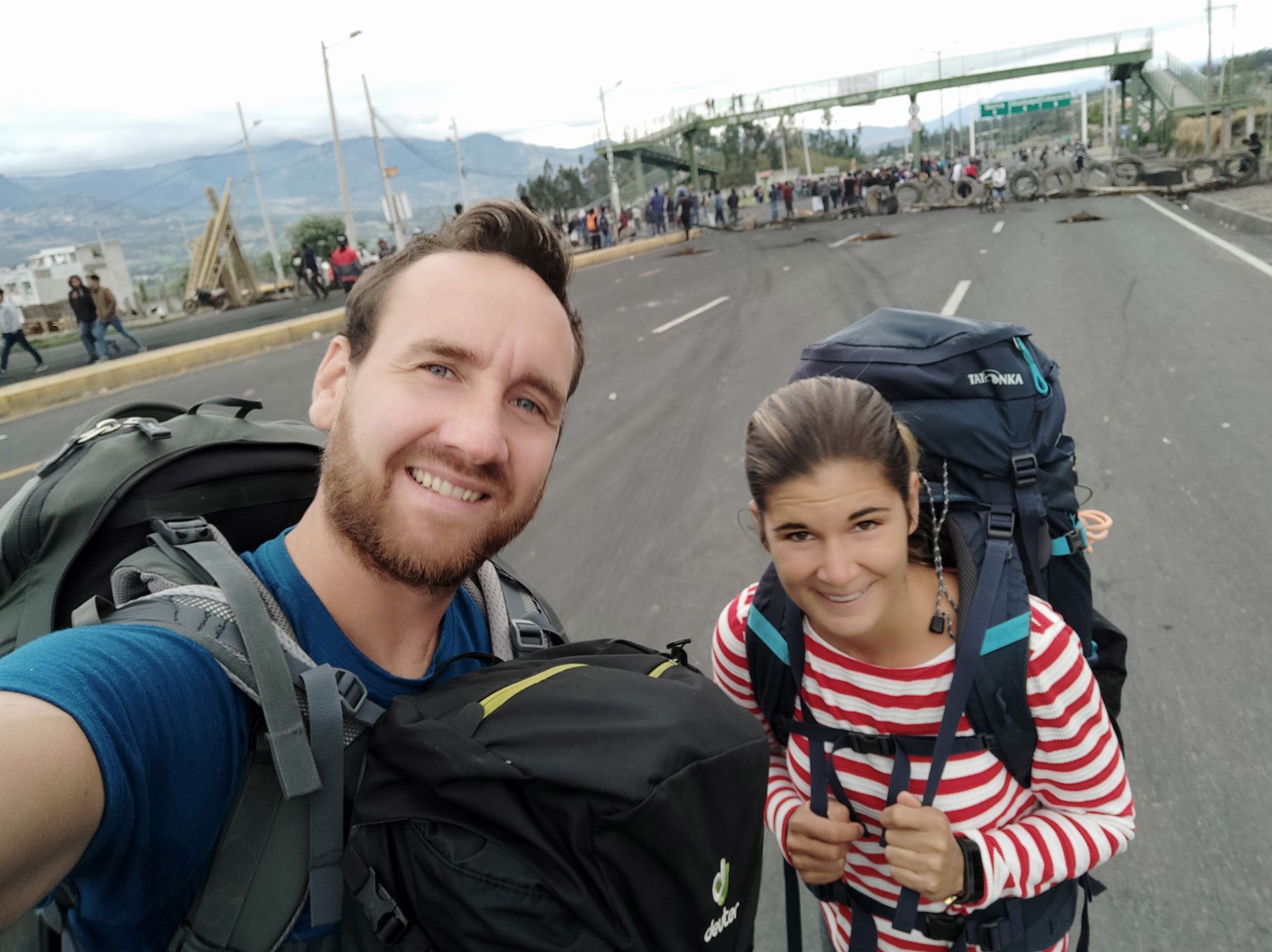
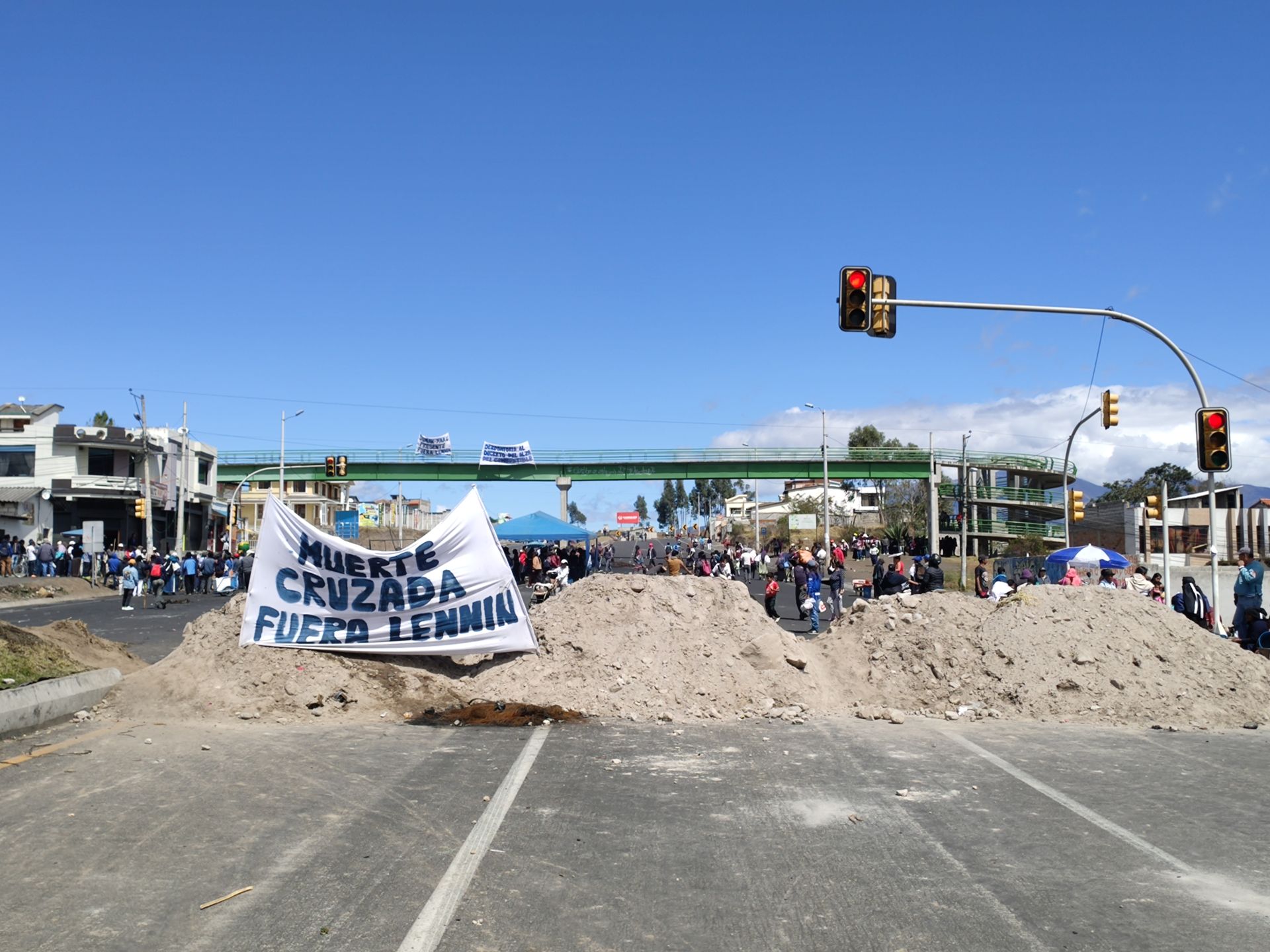
09/10/2019 - Otavalo to "Unnamed village because it's too small" (19 km)
The alarm went off at 7 o'clock - today there is no "Let's stay in bed a little longer." We had about 1 kg of porridge for breakfast (Martina knows from her mom that oats are fed to pigs to make them strong and healthy - so we thought it was the best preparation!) and prepared a packed lunch for the "hike". After withdrawing money again and hiding the bills in every imaginable part of our bodies, we set off at 9 o'clock. We quickly realized that the roadblocks were set up so close together that it was impossible for cars or motorcycles to pass. The positive thing about this multitude of blockades was the indigenous people with their "street food". So, at least we knew that we wouldn't starve, and we enjoyed a portion of "Chochos" (Andean lupines with roasted corn, onions, tomatoes, dried bananas, etc. - one of our favorite dishes) in between. After about 14:30 and 19 km of walking, we arrived in the "Unknown" village. Supposedly, there was the only accommodation for many kilometers. We were definitely lucky that we were actually able to stay there. The family was in the capital city Quito due to the strike, but the neighbor informed them about our presence, and after an hour, the brother came, opened the door for us, and we spent the whole afternoon/evening until 21:00 alone in their house. The house was the most beautiful we had seen in all of South America so far, but it also had the coldest room temperature and the squeakiest bed on our journey... and yet, we had never been so happy about accommodation before.

10/10/2019 - "Unknown" village - Cayambe (15 km)
The second day was harder for us despite the slightly shorter distance. Especially the pelvic bones and ribs hurt due to the heavy loads - felt like mild bruising. We were happy to find liveliness in Cayambe - many of the shops were open, there was activity on the streets, and there was traffic in the city!!! Rarely before have we shouted for joy at the smell of exhaust fumes 😊.
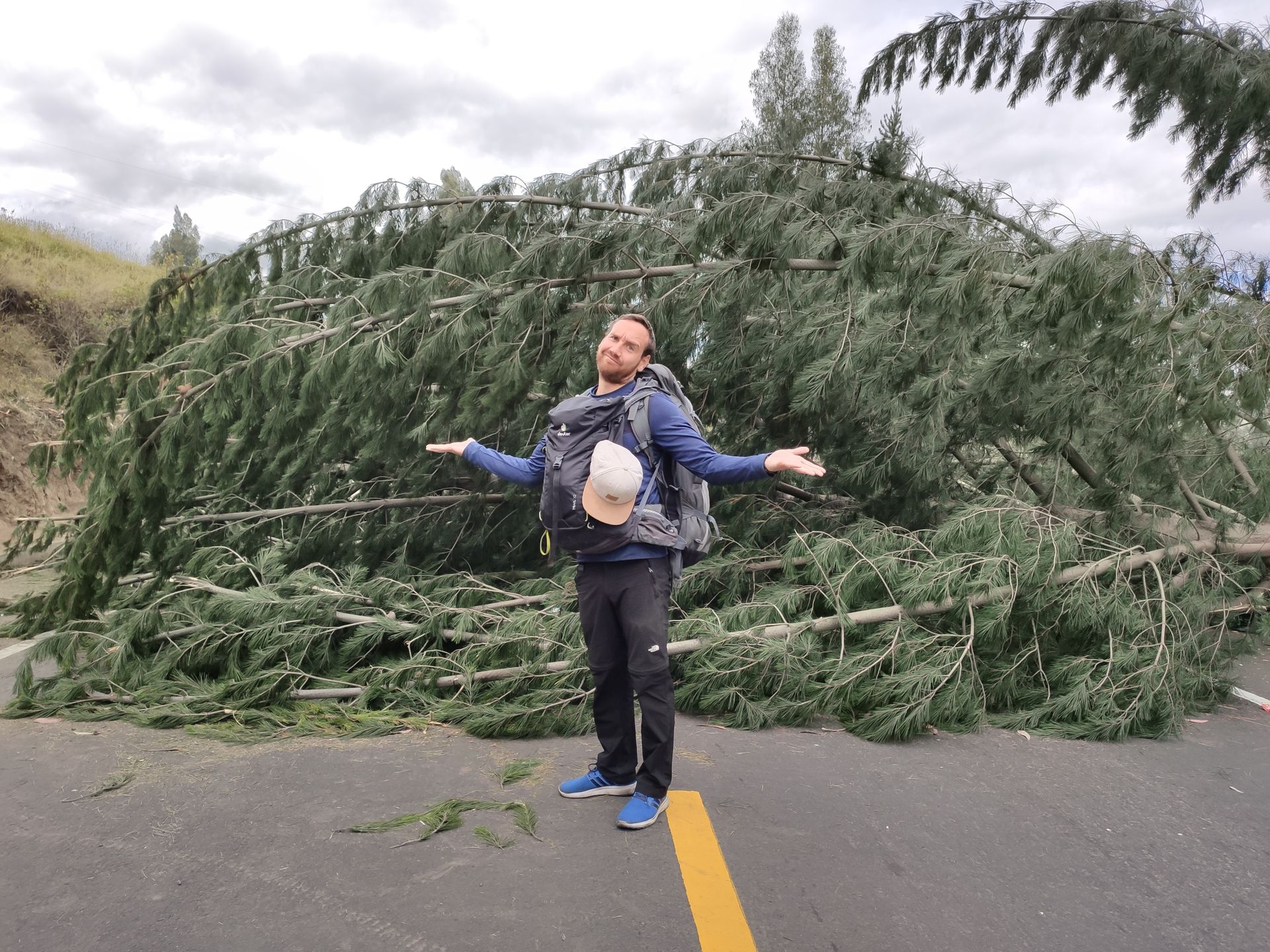
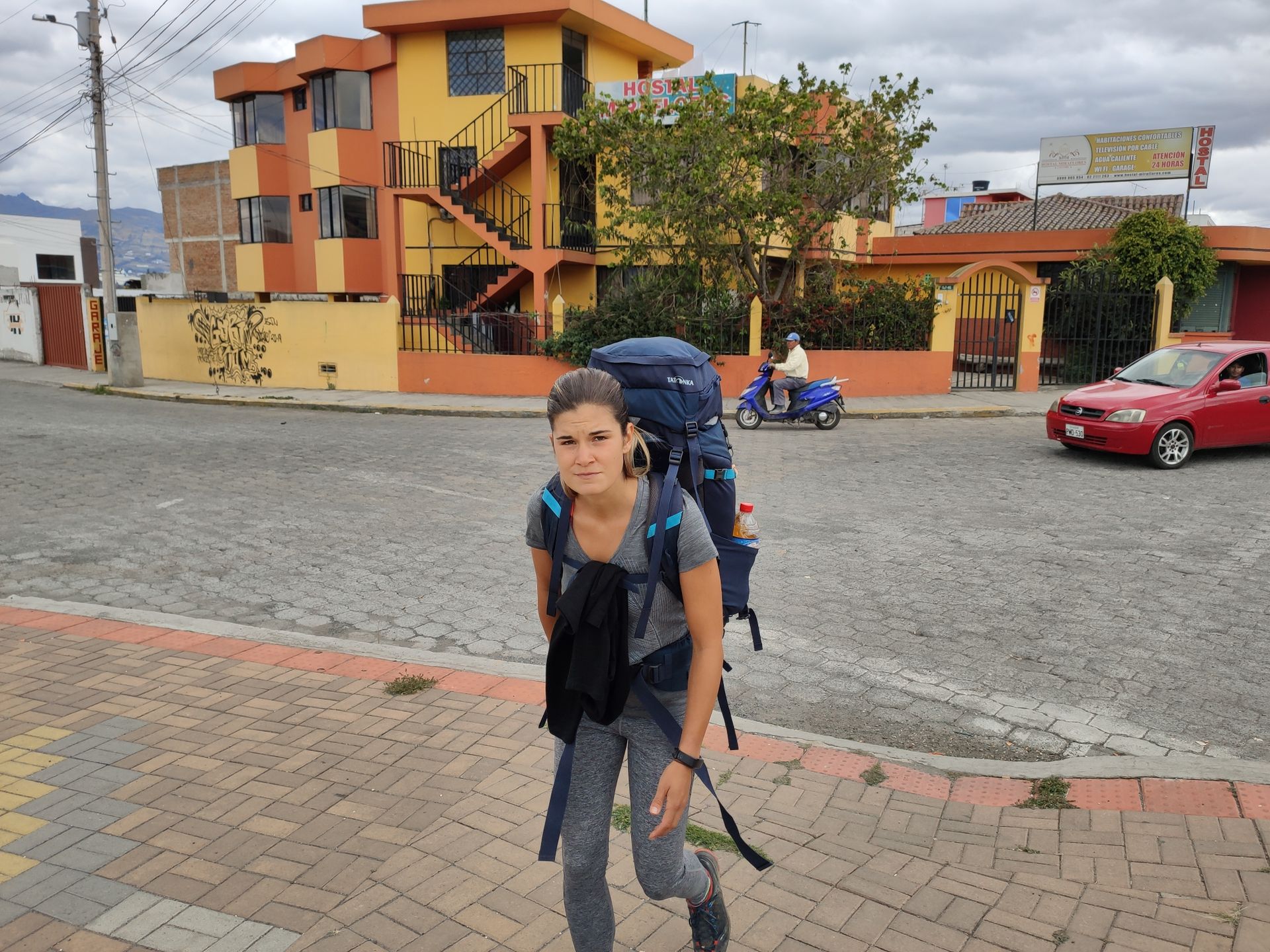
11/10/2019 - Cayambe - Oton 15 km - El Quinche (20 km)
The third day was going to be a successful one for us. We covered a total of 35 km. After the first 15 kilometers on foot, we were lucky enough to be picked up by a pickup truck twice in a row. Both times, the drivers were indigenous men who used their vehicles to drive past the roadblocks and supply their colleagues who were demonstrating there with food. For this, the roads were temporarily opened with combined forces (tree trunks were lifted, stones were removed, ...), and closed immediately behind us. All our fellow travelers (there were about 7 of them) were extremely nice to us and hardly wanted any money for the ride. After a short distance on foot again, we were lucky again: this time our driver was not indigenous and therefore - according to the view of the indigenous people - not "authorized" to drive on the road. We saw another hitchhiking couple getting into the car and didn't want to miss this chance. We made ourselves noticeable and ran as fast as we could to the car. Just in time, we were able to jump into the car and drive away before slightly aggressive indigenous youths managed to puncture the car tires with their sticks (from which nails protruded). In the end, we got out after about 10 km of driving and suddenly had a bus in front of us, which took us further towards the airport. Everything fit together perfectly on this day. Upon arrival in El Quinche (22 km from the airport and still 3 whole days left), we bought beer at the gas station, sat down next to the road, and watched the cars pass by.
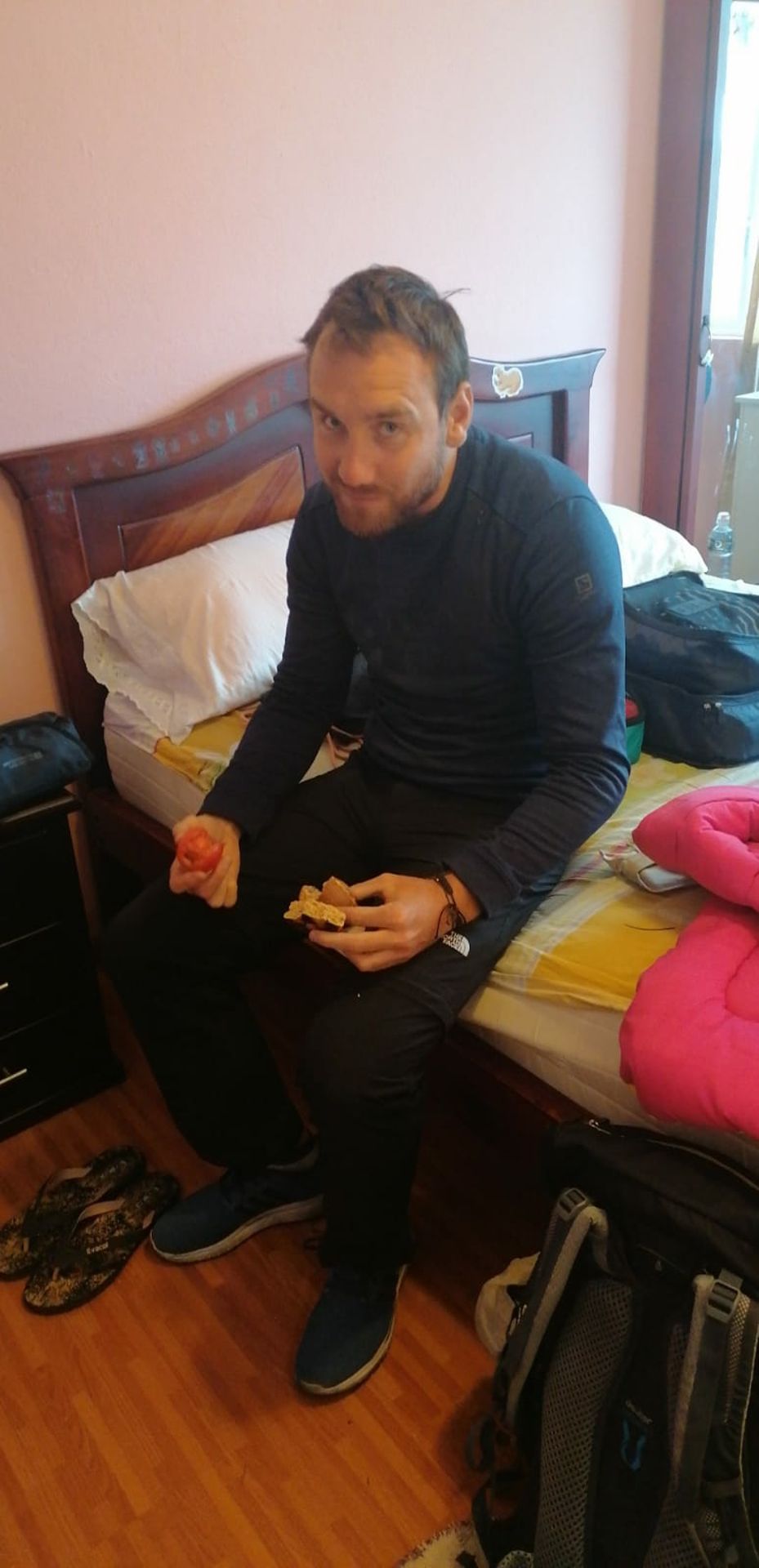 Marked by the hardships
Marked by the hardships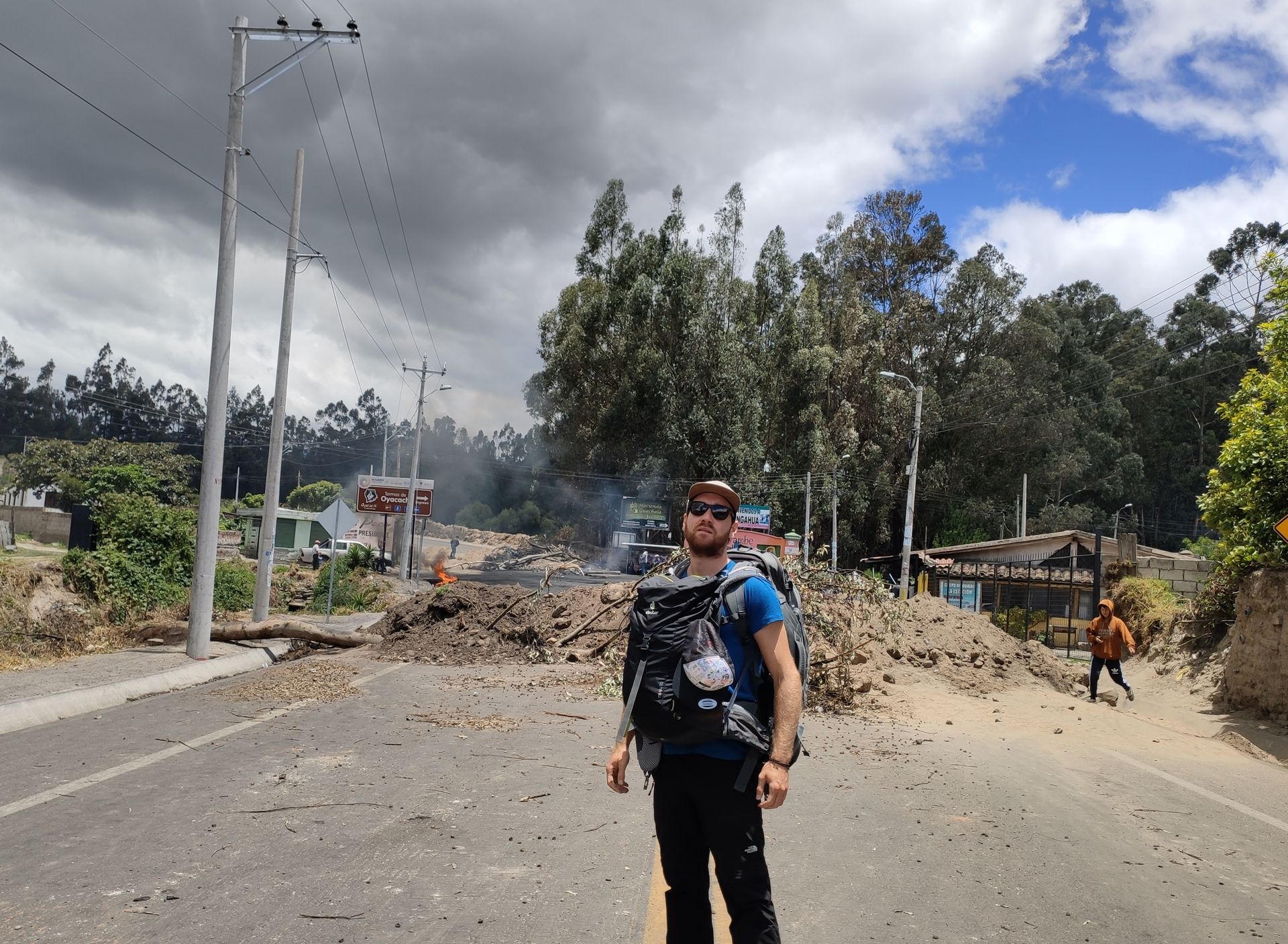
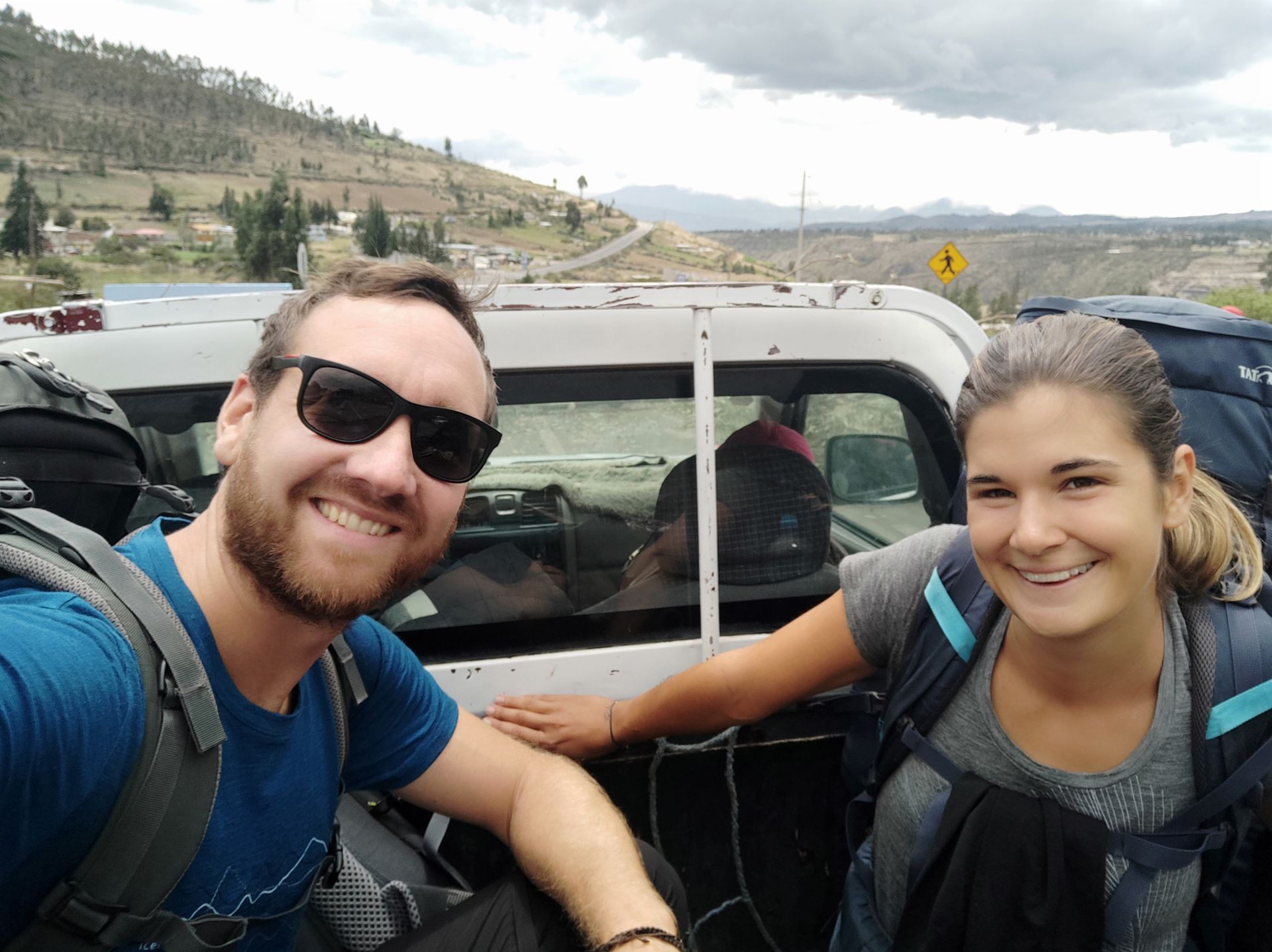
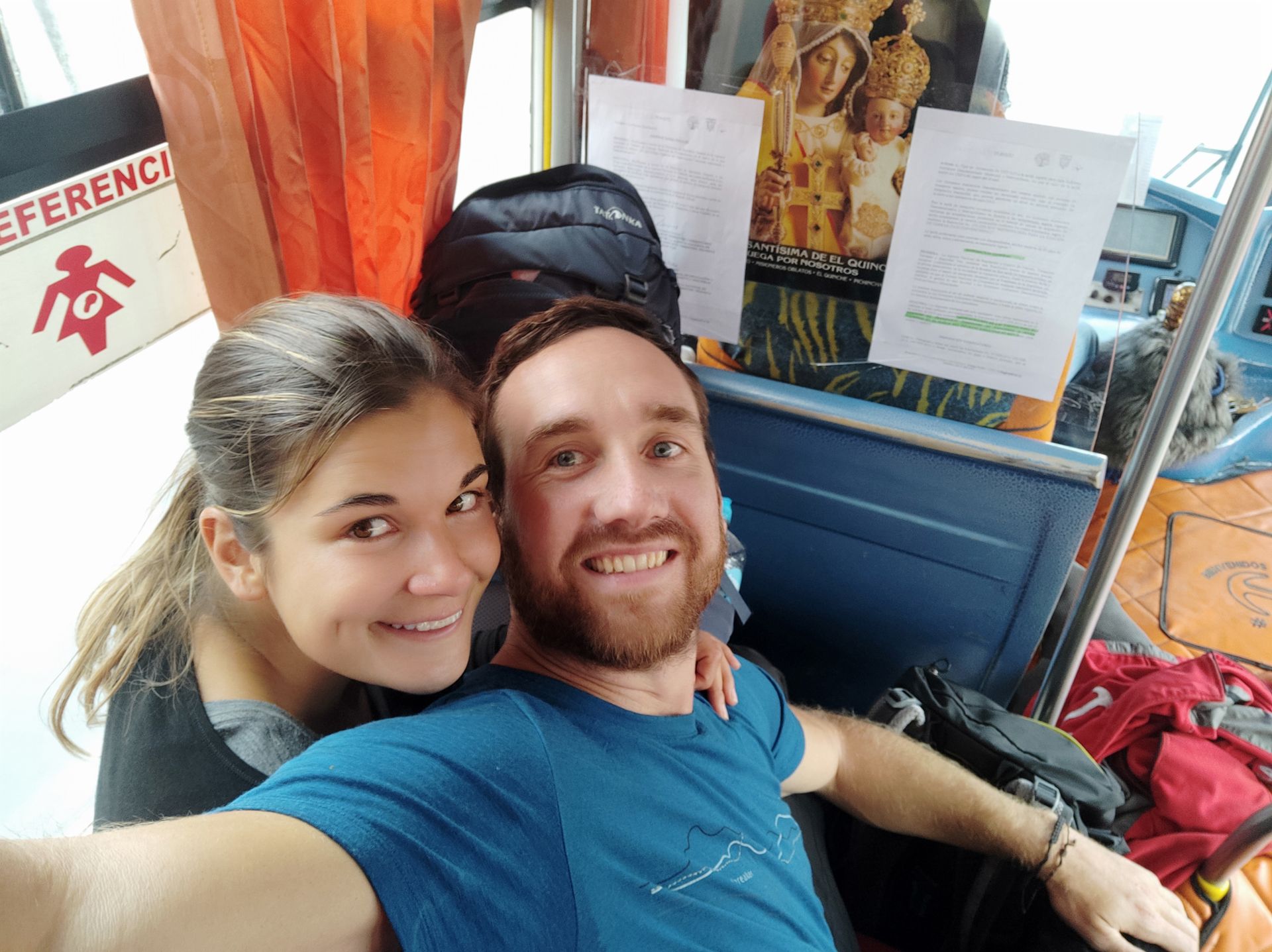
12-14/10/2019
The last 2 days until our departure were fortunately unspectacular. We checked into a slightly nicer hotel near the airport because we felt we deserved it. The day before our departure, we worried whether our flight would even take place, as the majority of flights had been canceled in the past few days. Media reports did not necessarily contribute to a positive mood. However, once again luck was on our side. So on 14/10, after exactly 17 days (12 days of strike), we headed to a new country and a new adventure - PERU 😊
"Fun" fact: on 13/10 at 10 pm, after hours of negotiations between the government and the "leaders" of the indigenous population, an agreement was reached. President Moreno revoked the controversial decree, and all measures were temporarily lifted. Further actions are to be coordinated with all parties involved in advance to prevent further violence. Unexpectedly, Lenin Moreno gave in and bowed to the demands of the protesting parties and organizations. Early in the morning on 14/10, all roadblocks were removed by the indigenous people, and as we made our way to the airport, normality seemed to return to the country. Only it was too late for us, and we hadn't seen much positive from this beautiful country. But now, full of confidence, off to Peru, where we have more than enough time available 😊
PS: more pictures in the 'Photos' tab
Ohauru ki te Panui
Whakautu
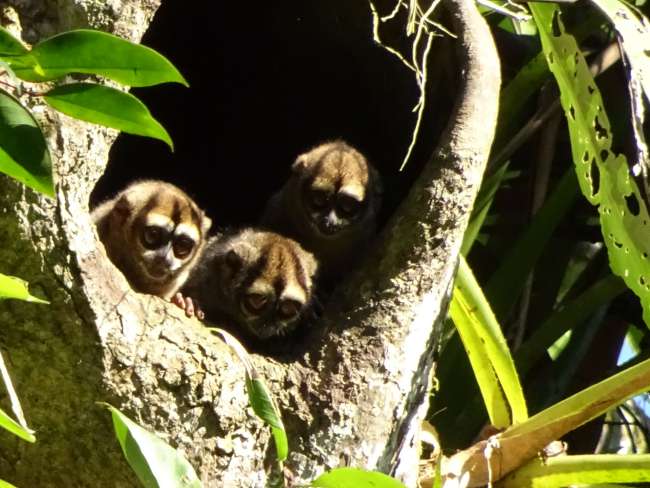
Ripoata haerenga Ekuador

